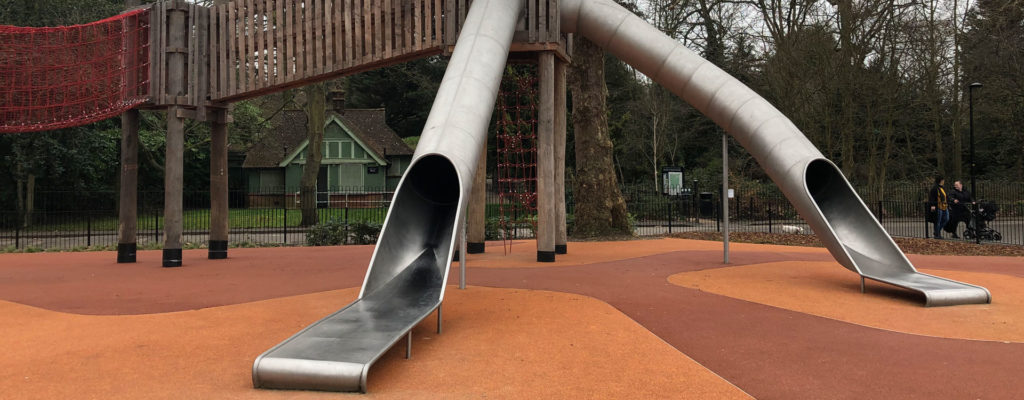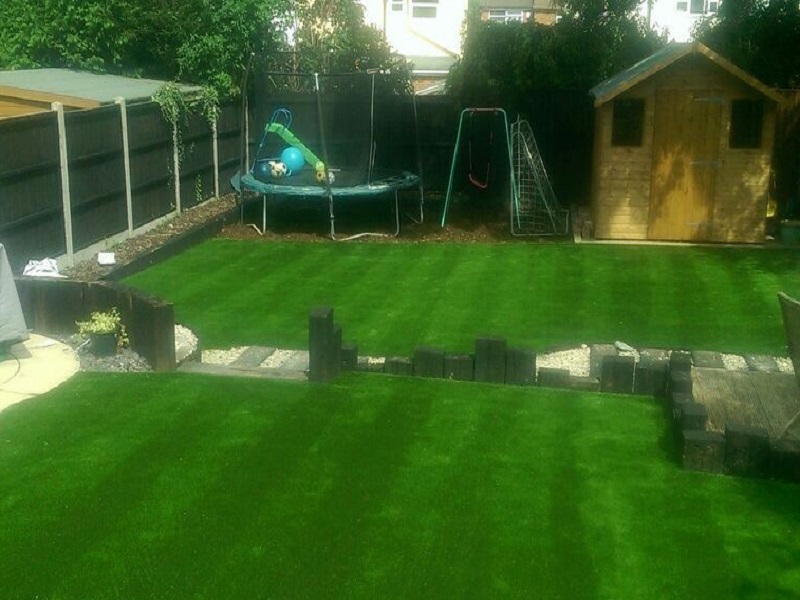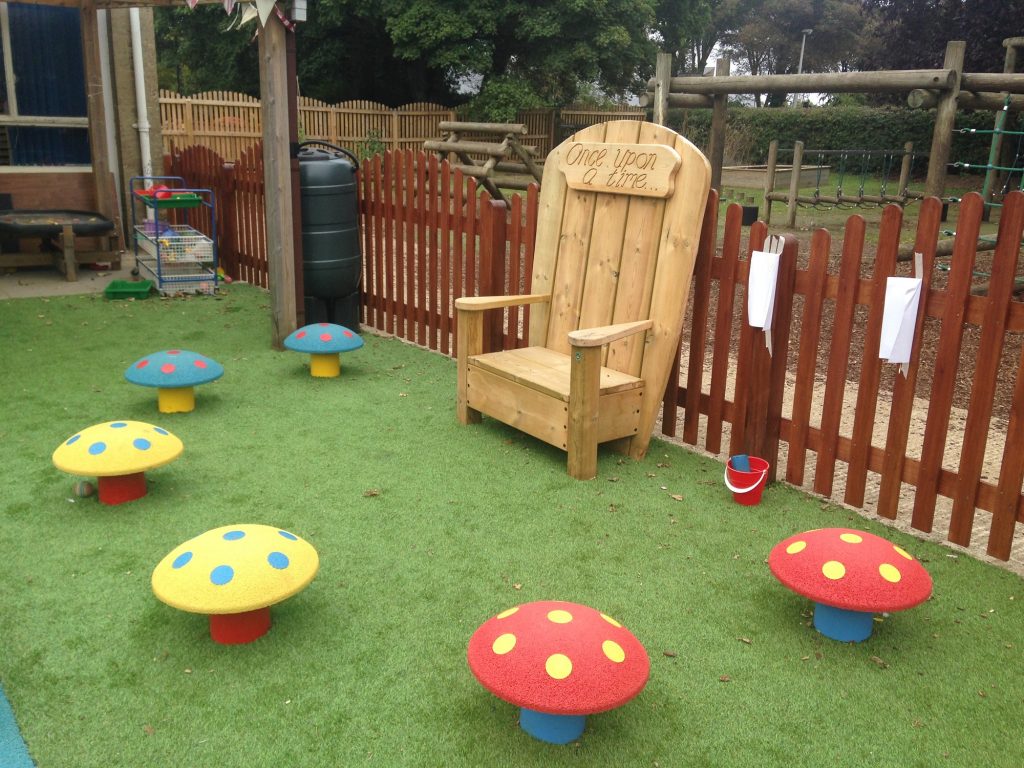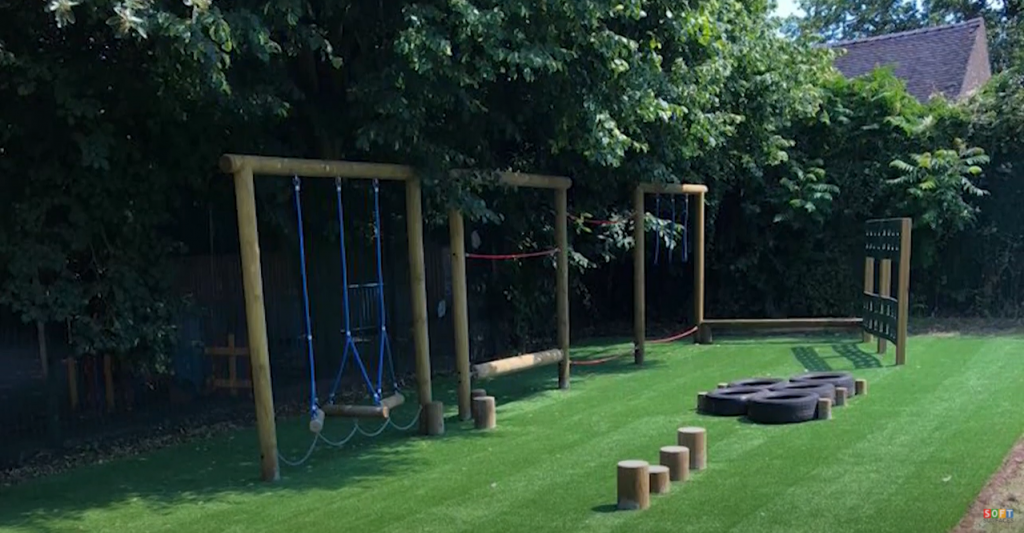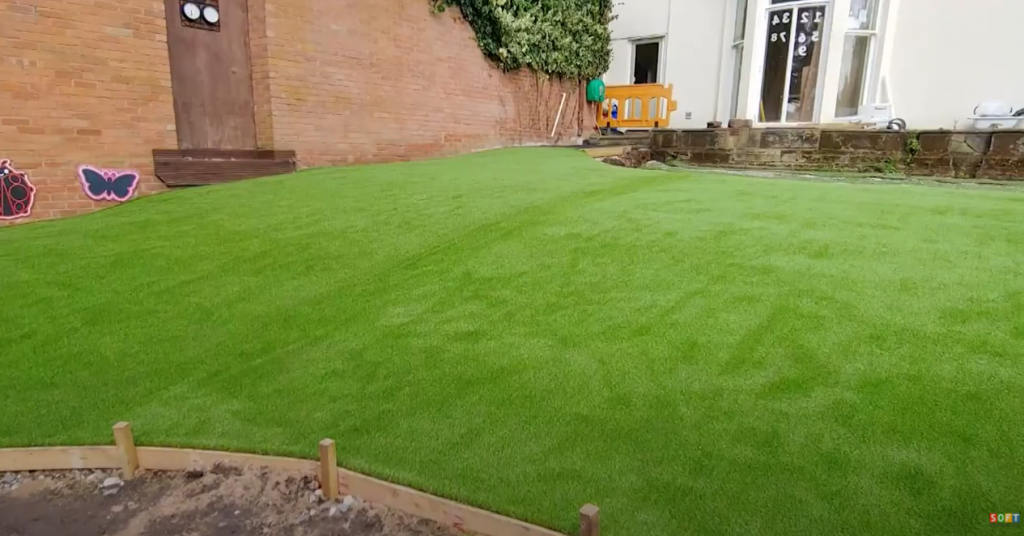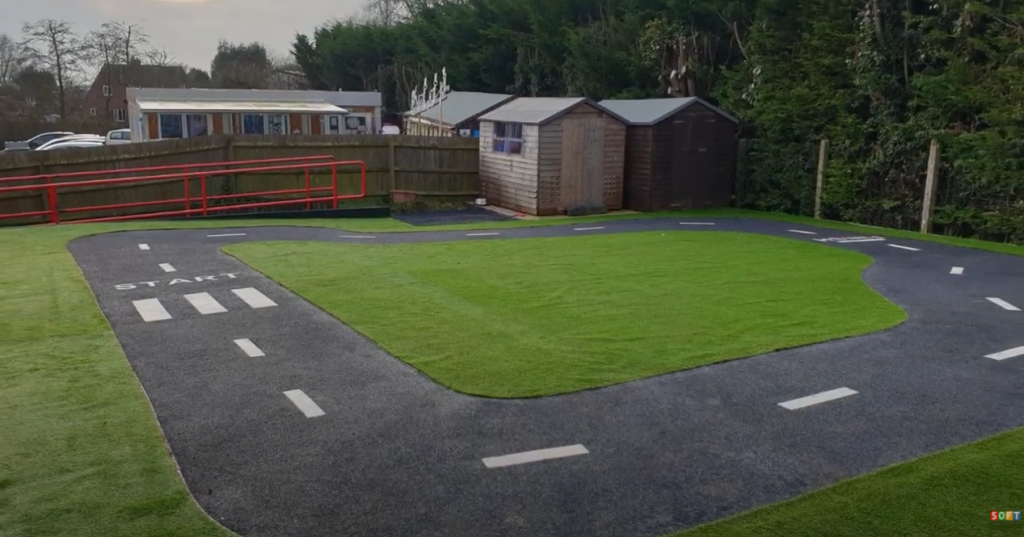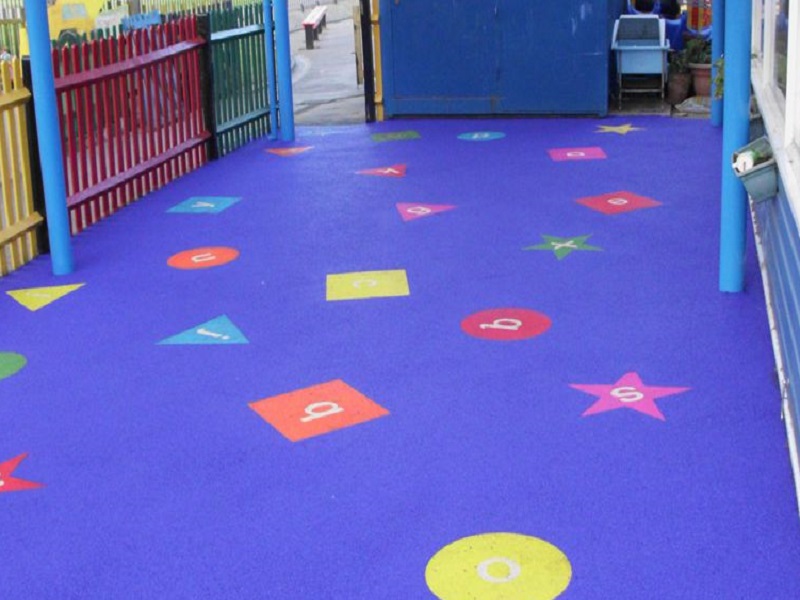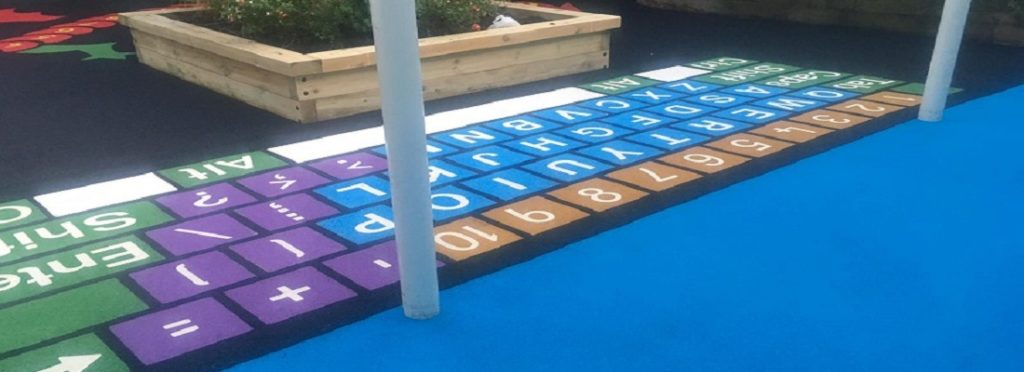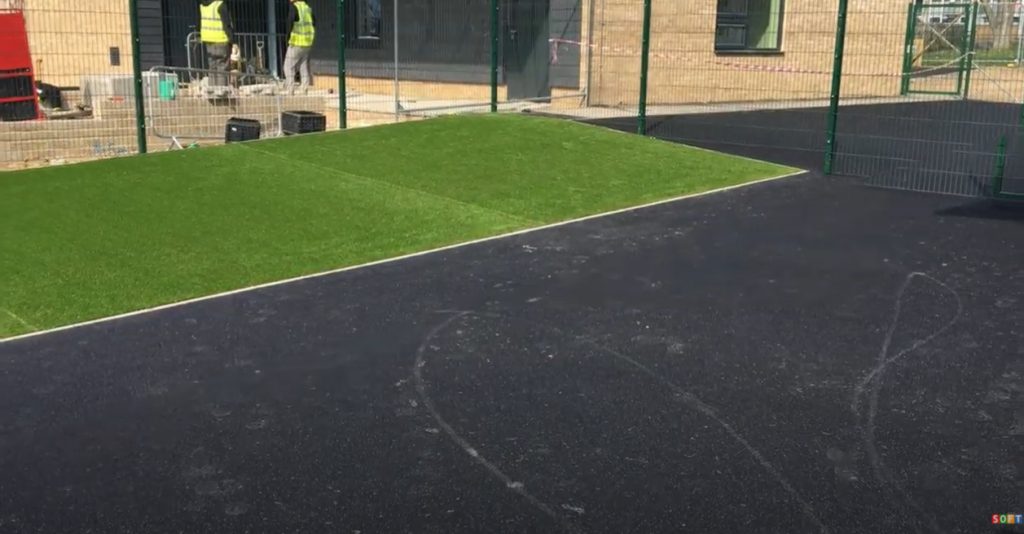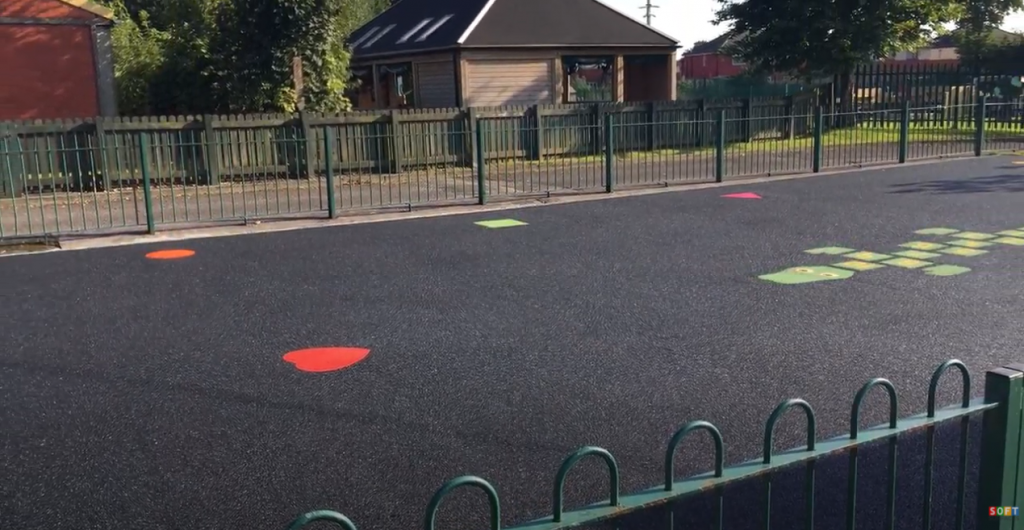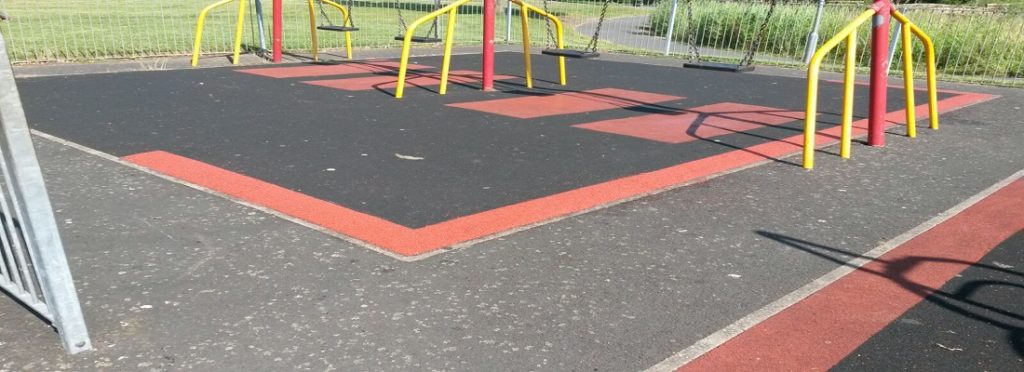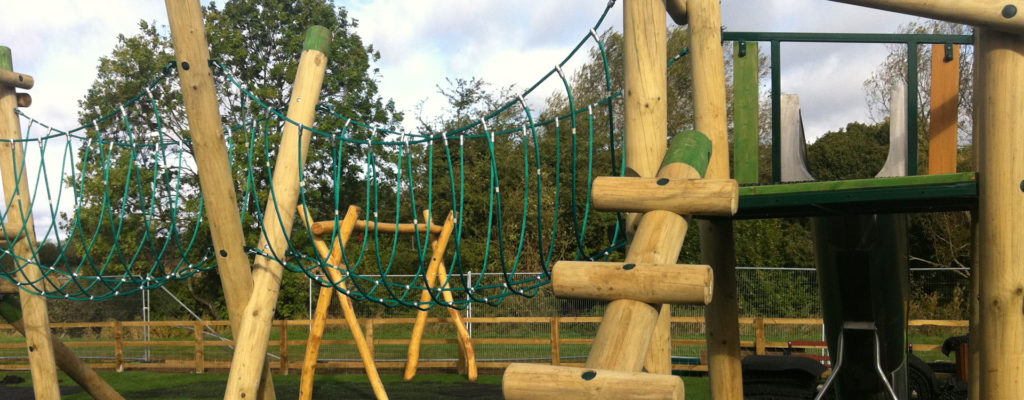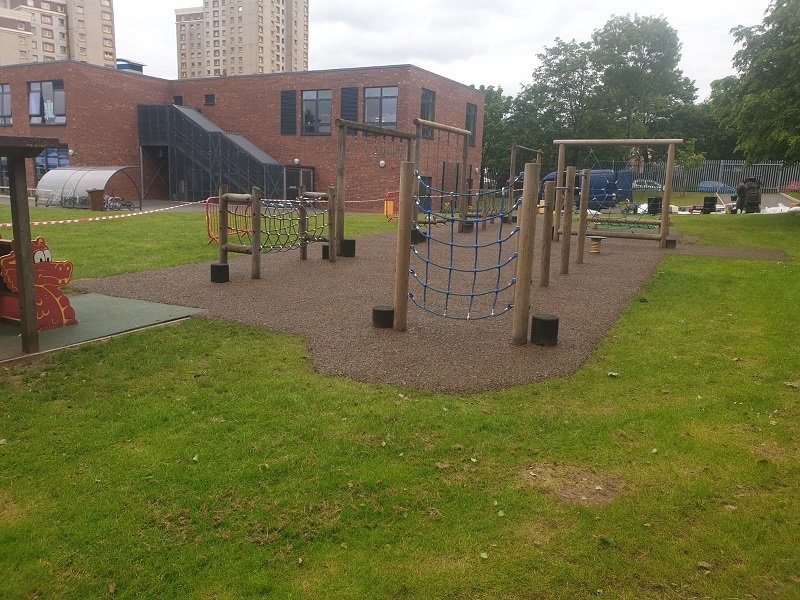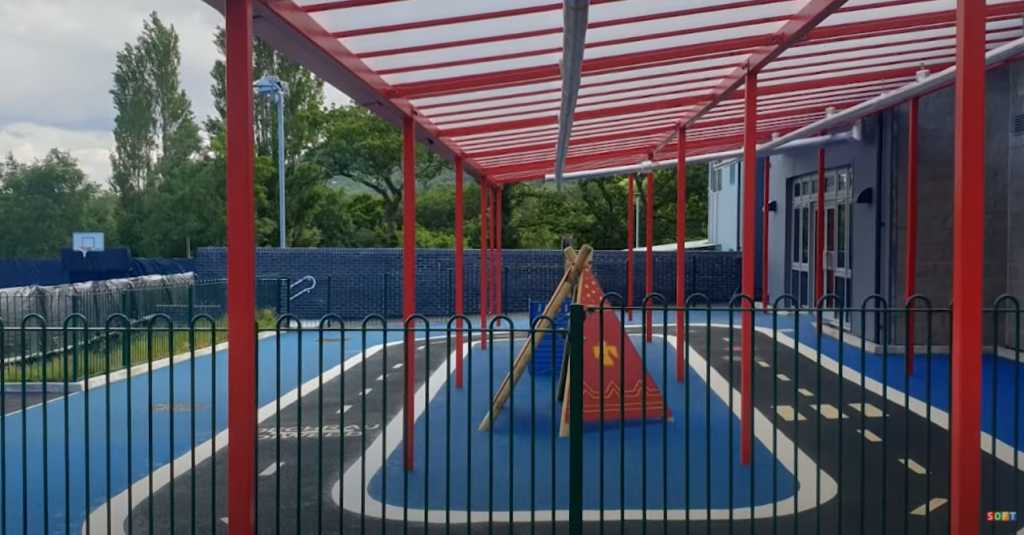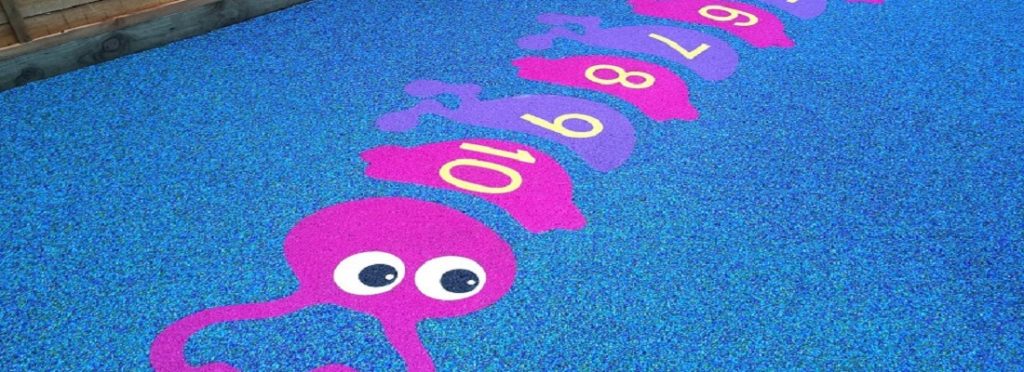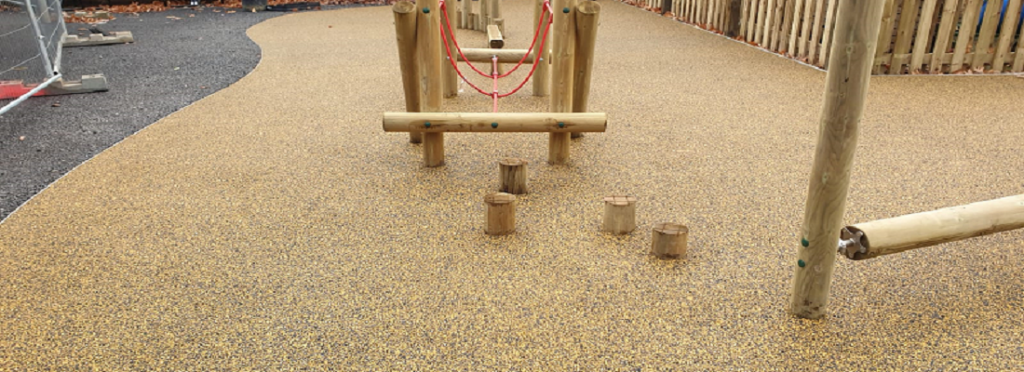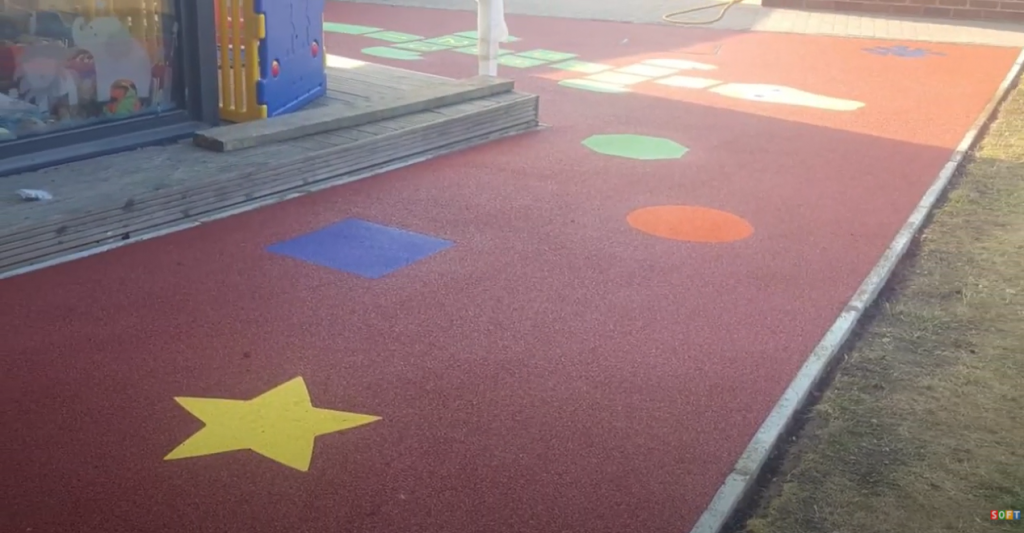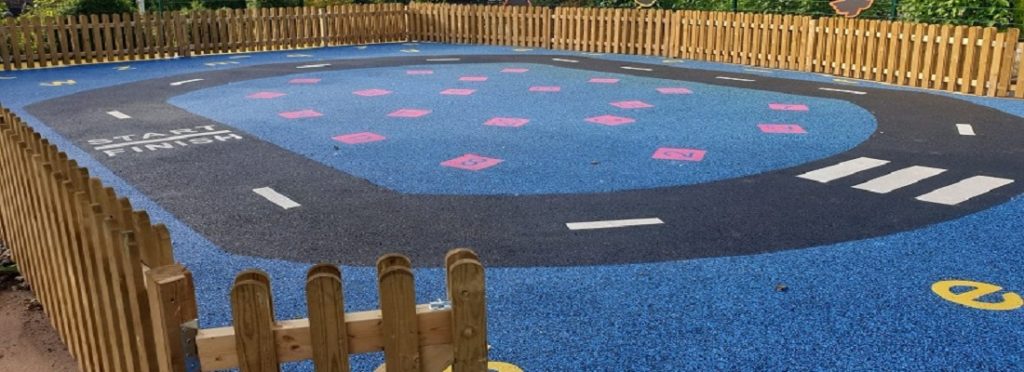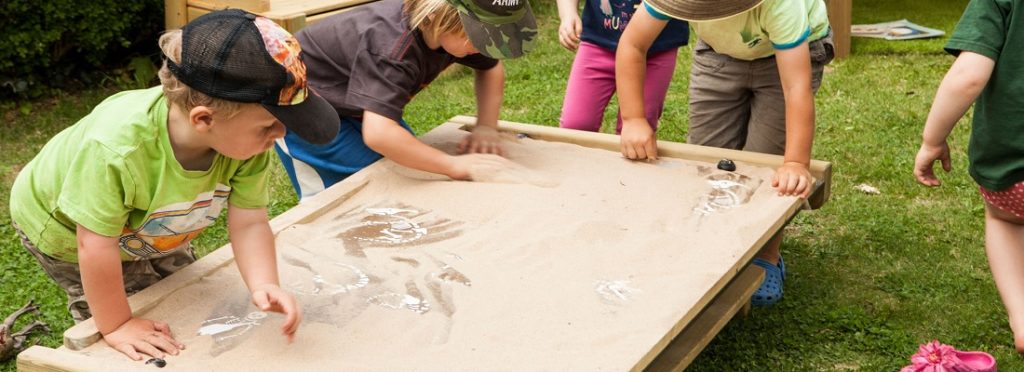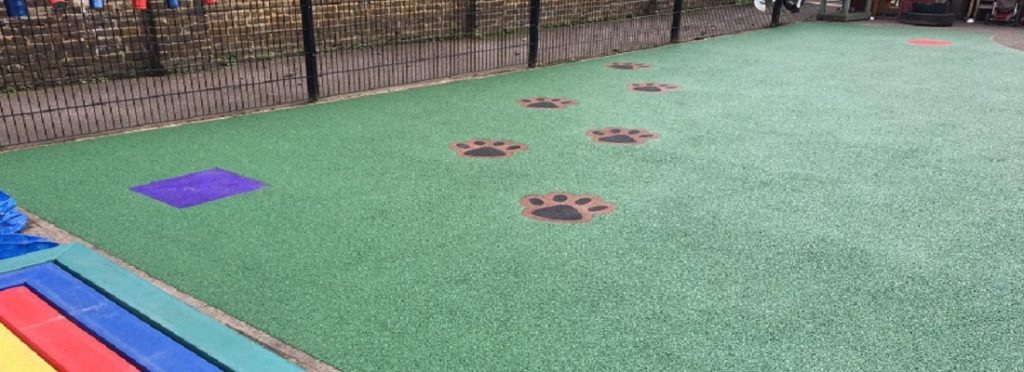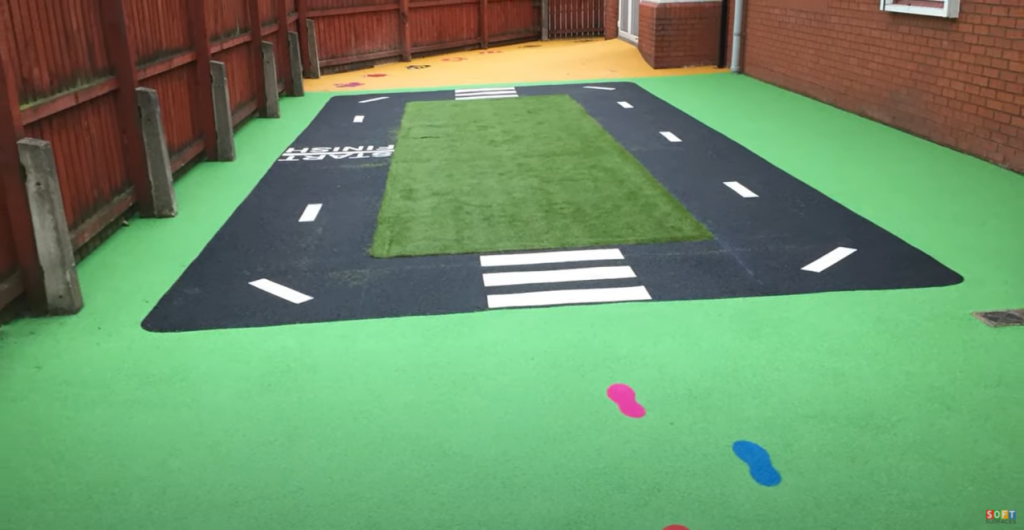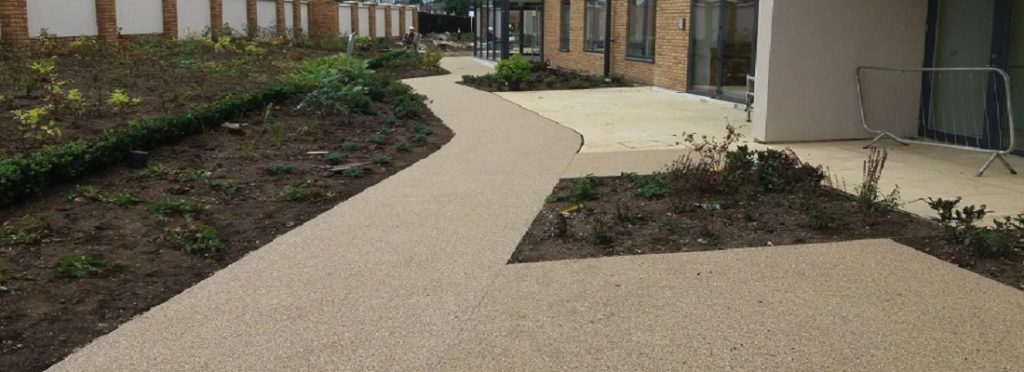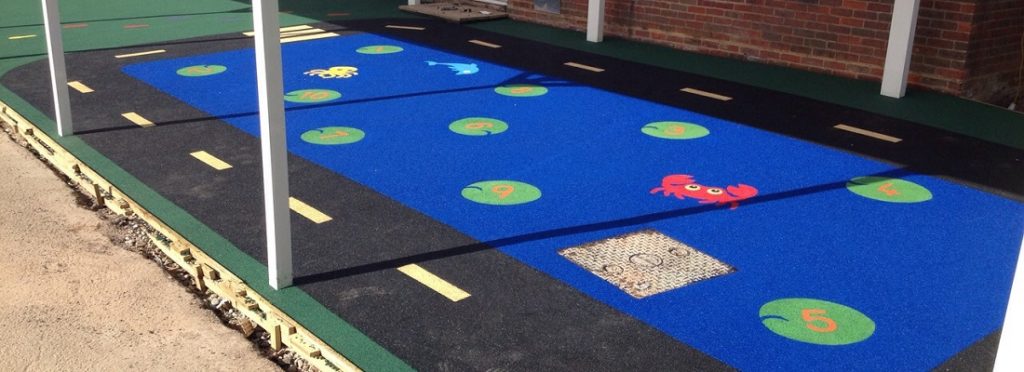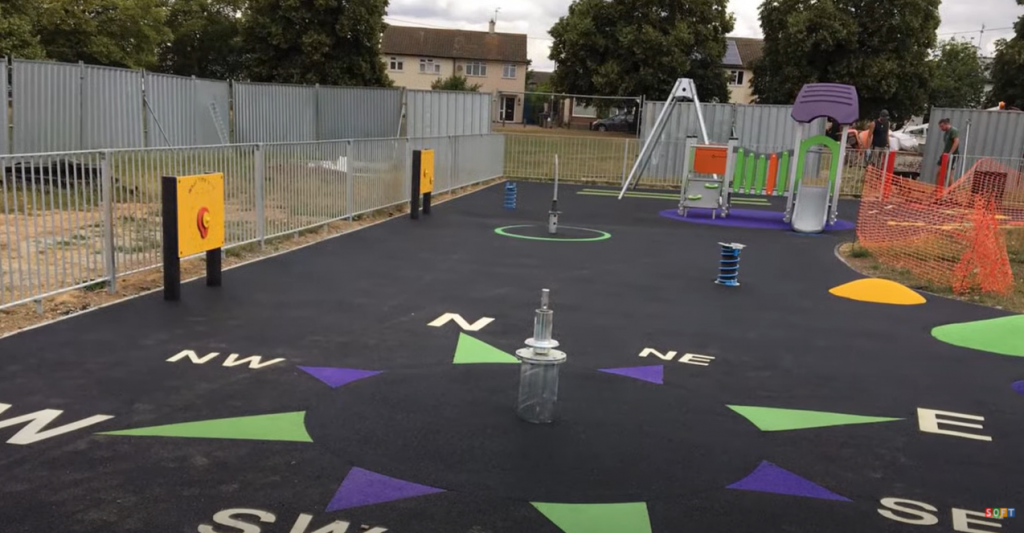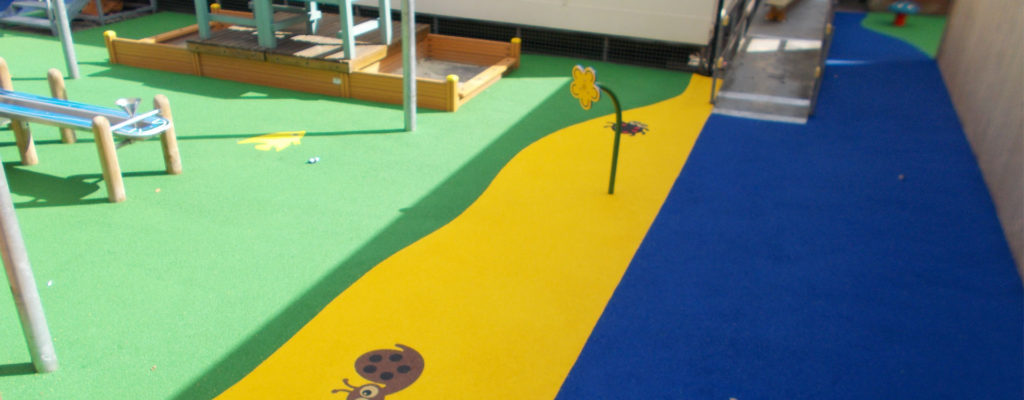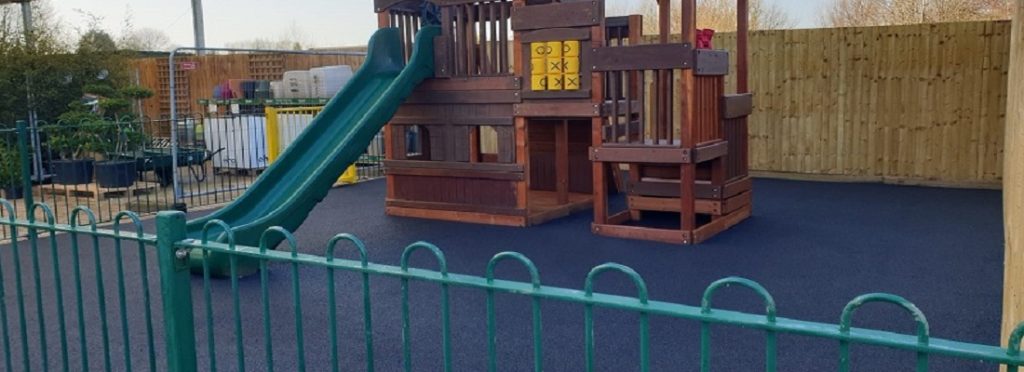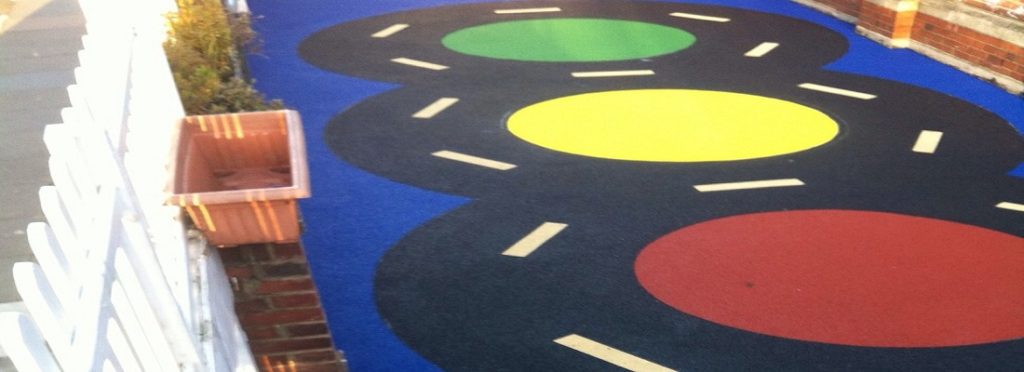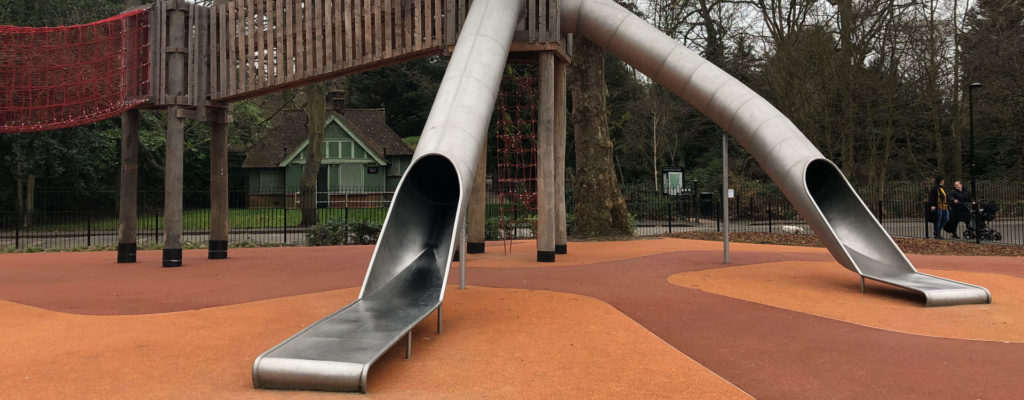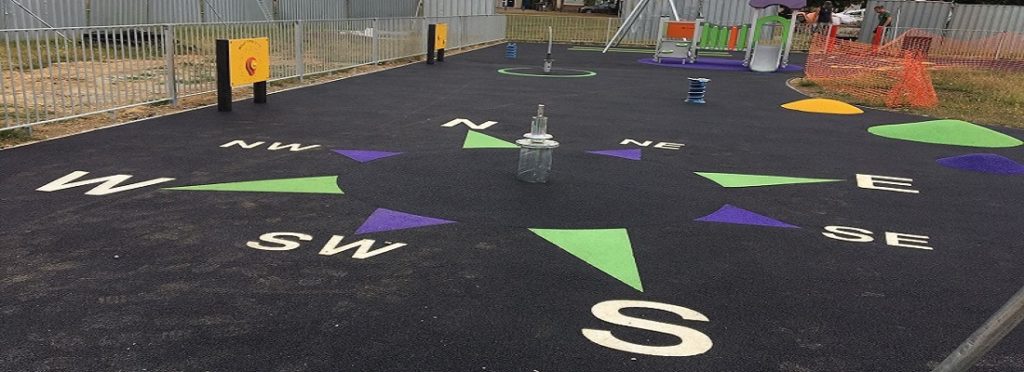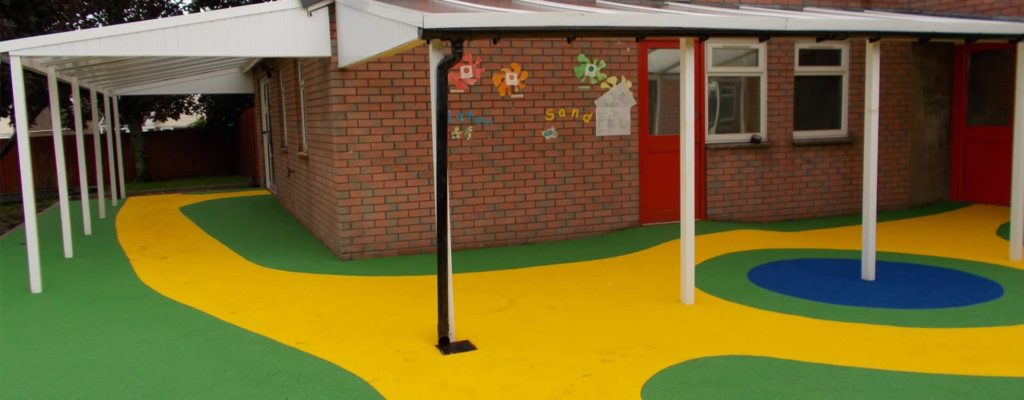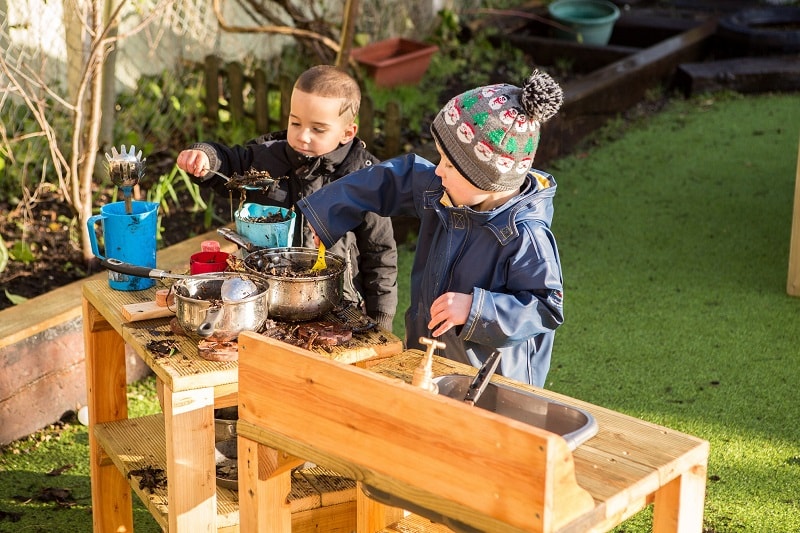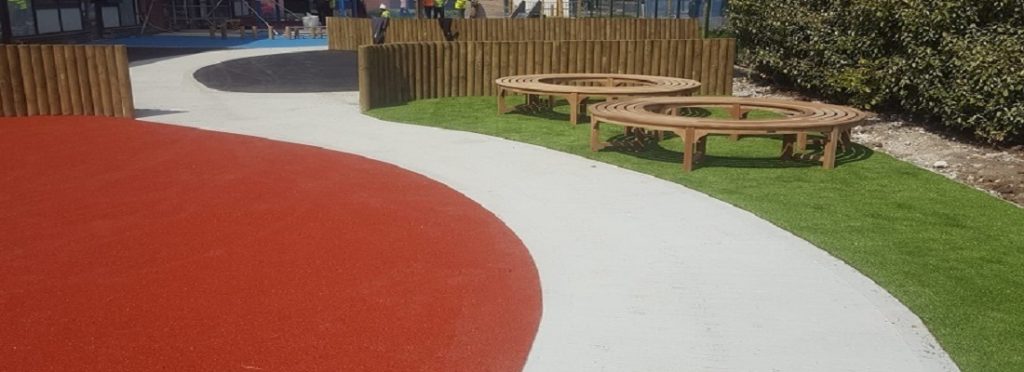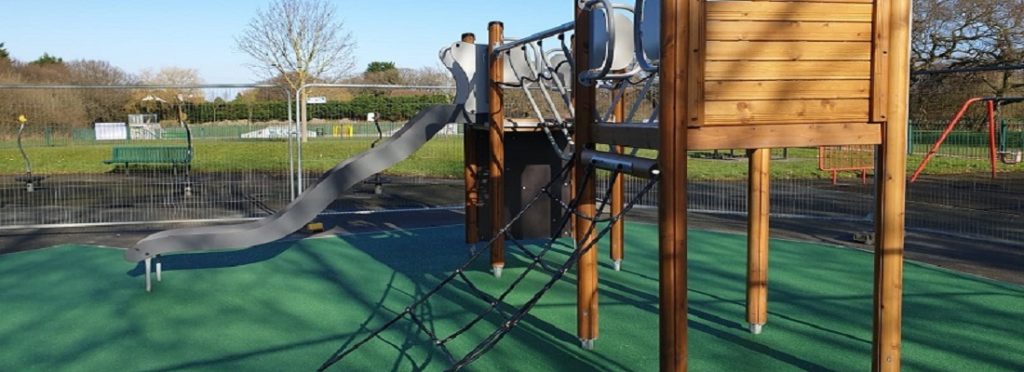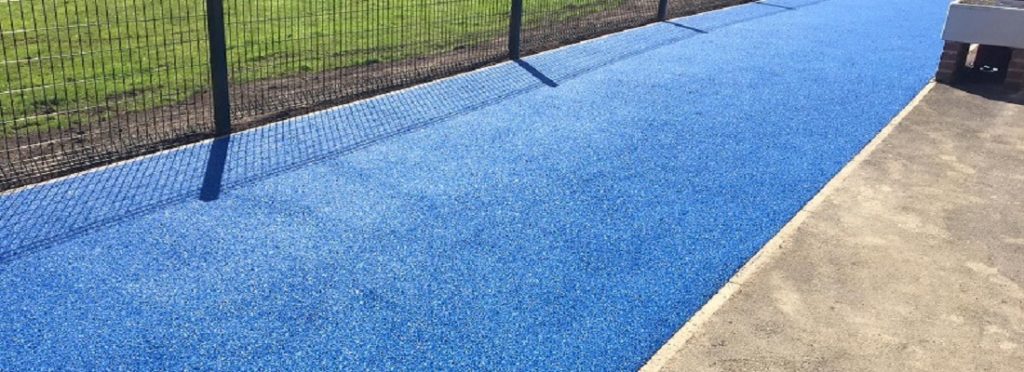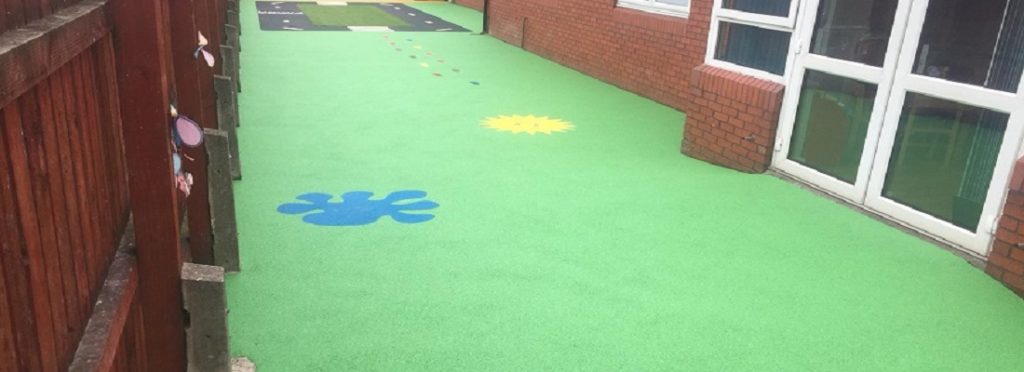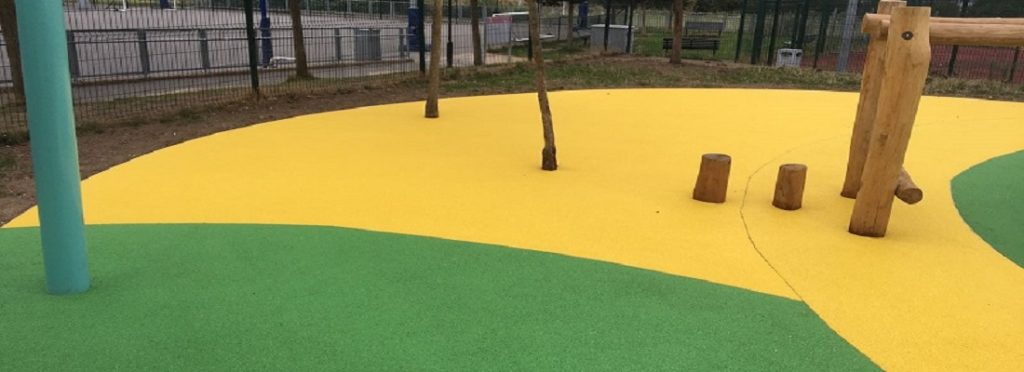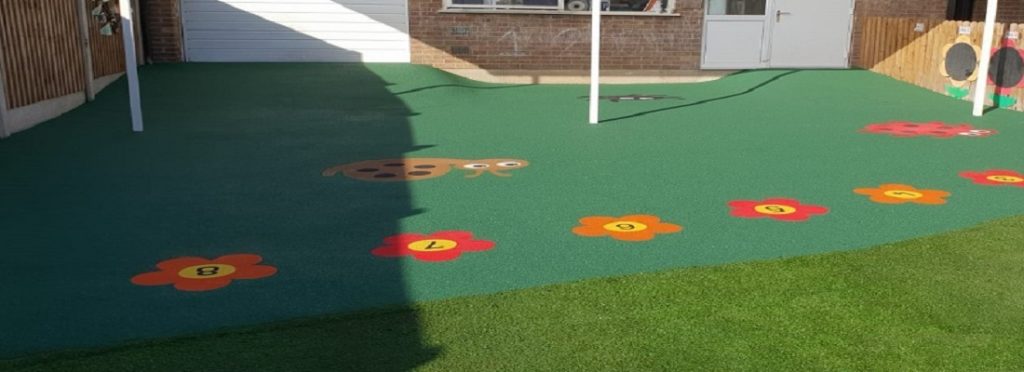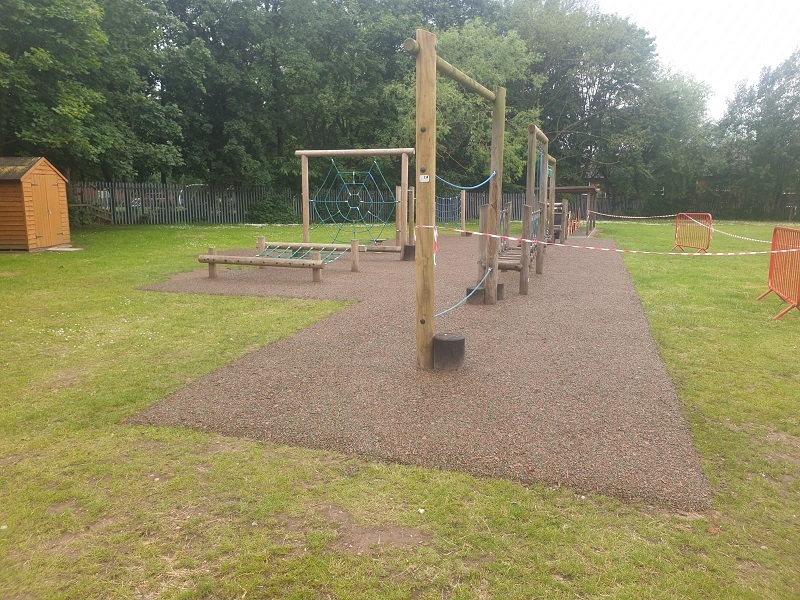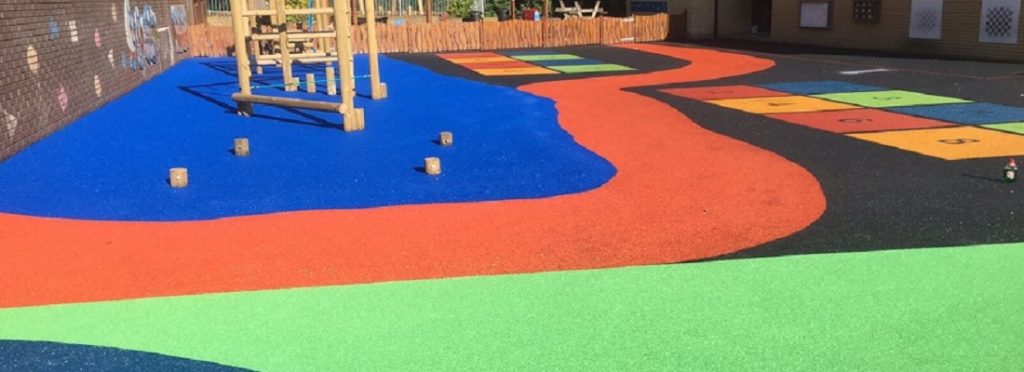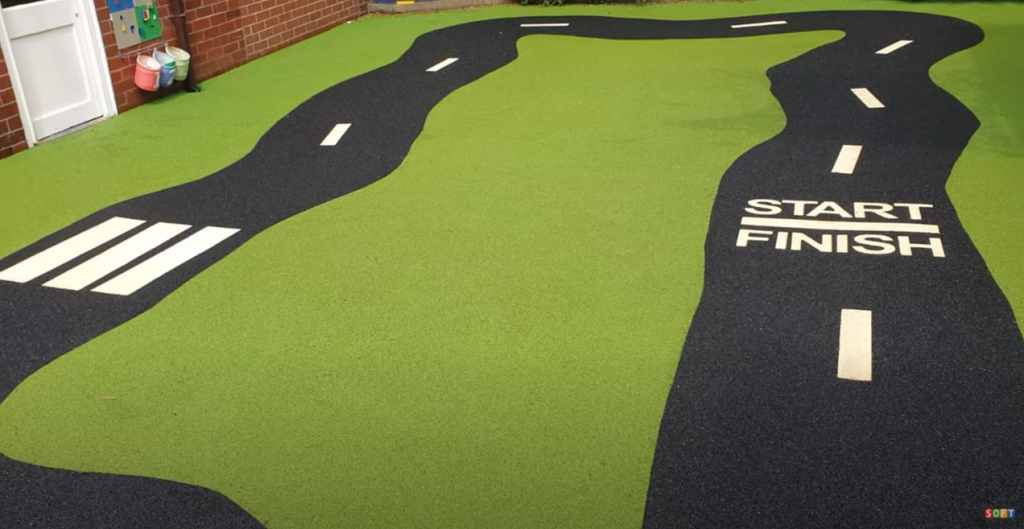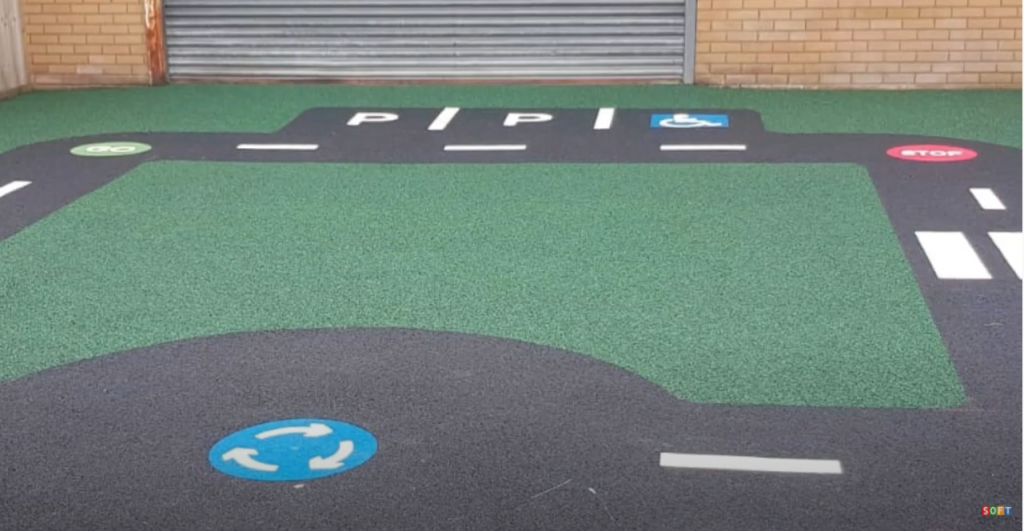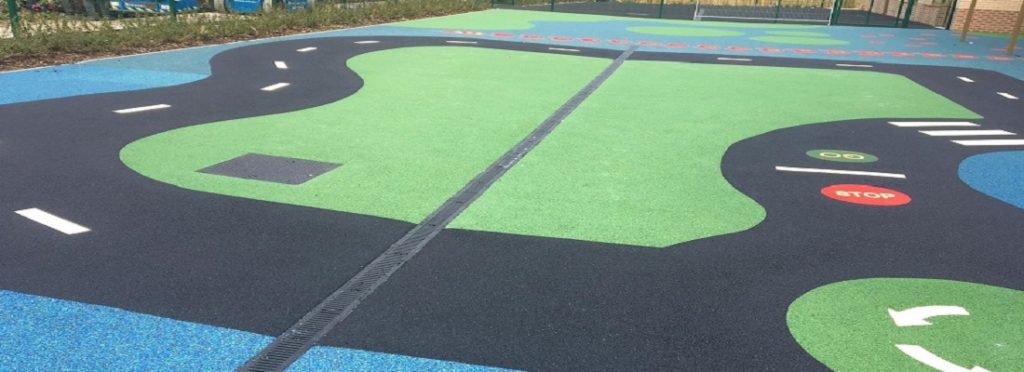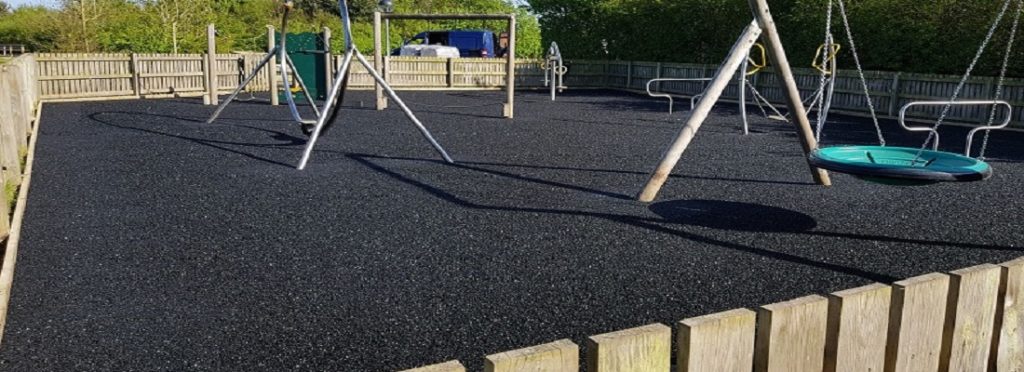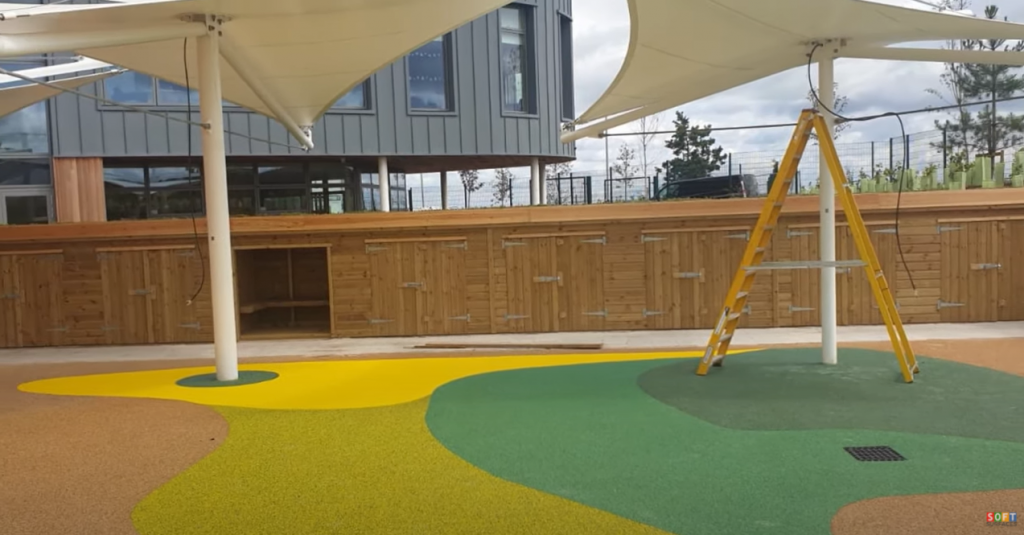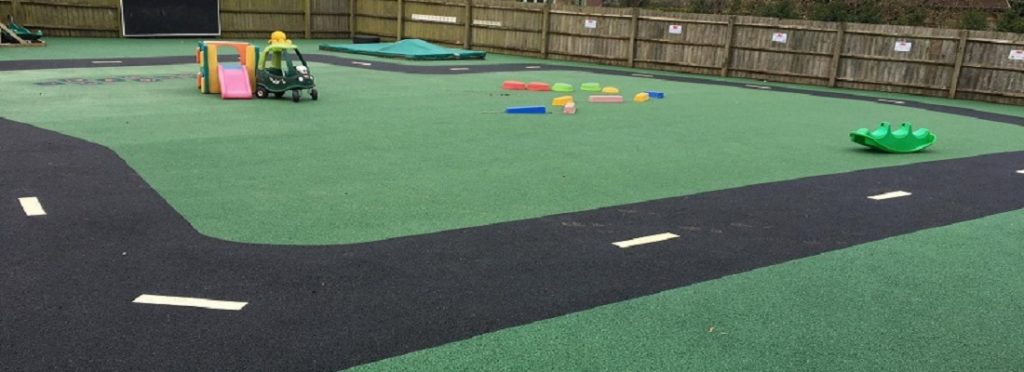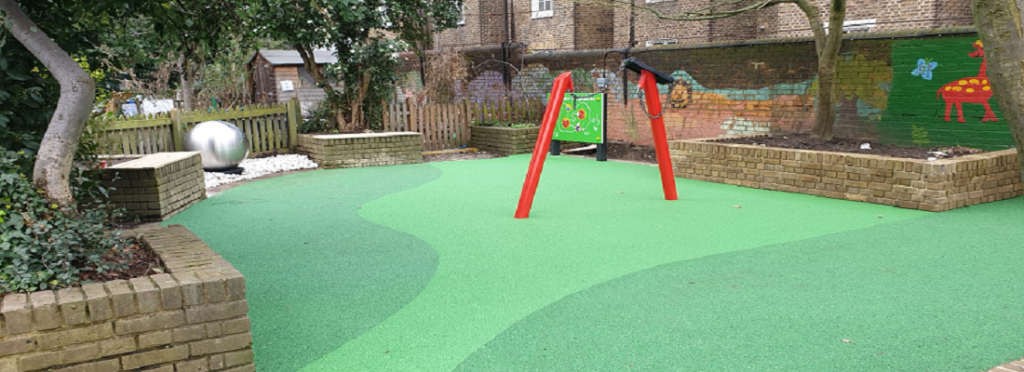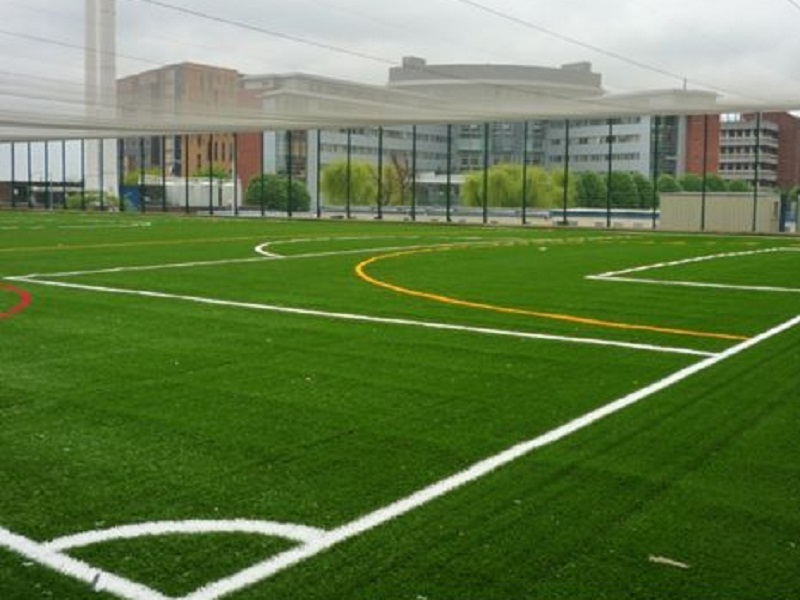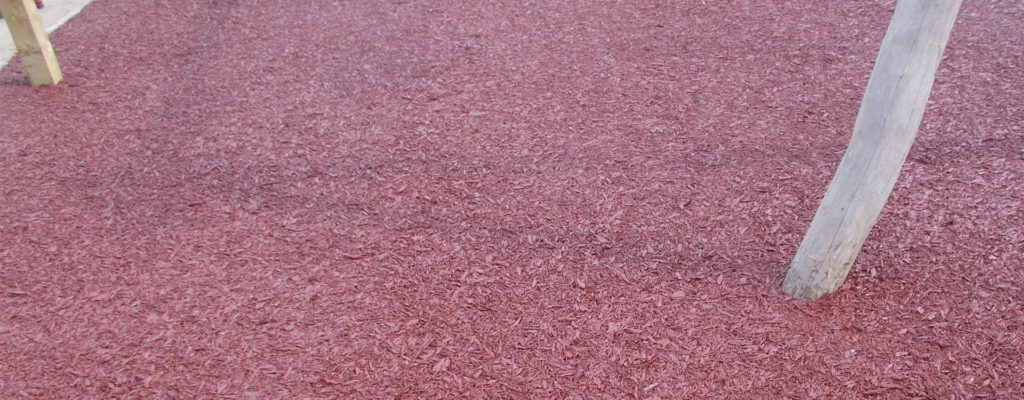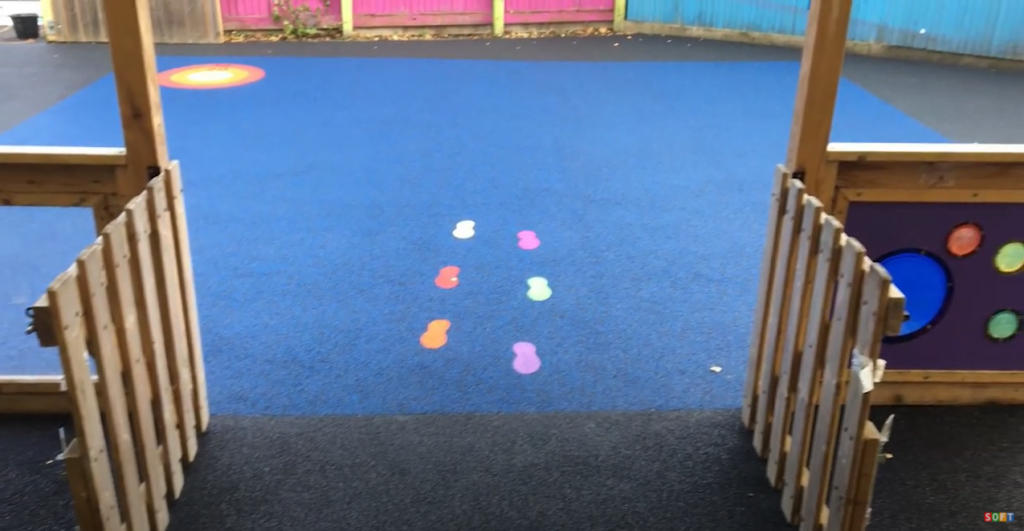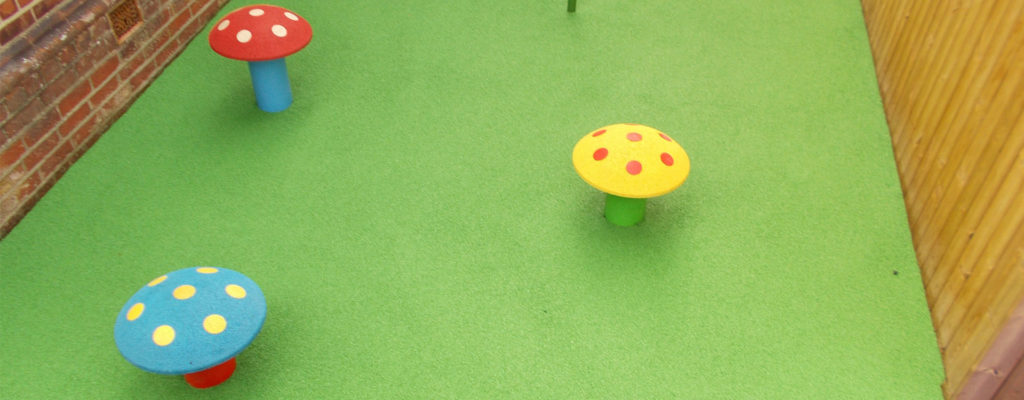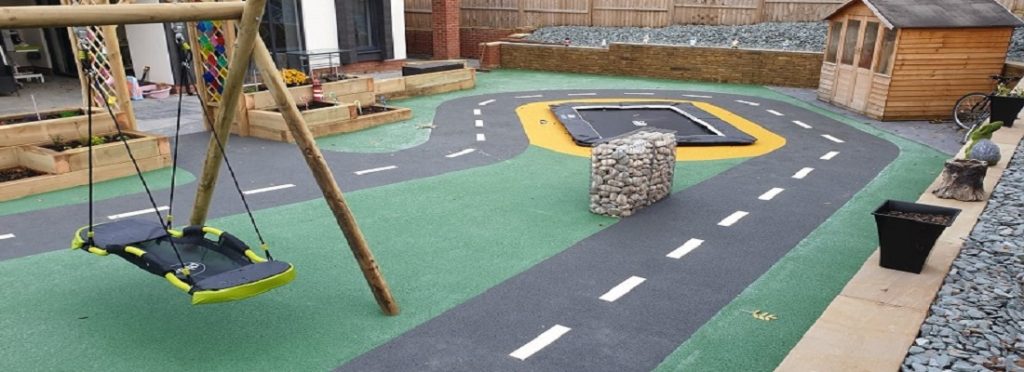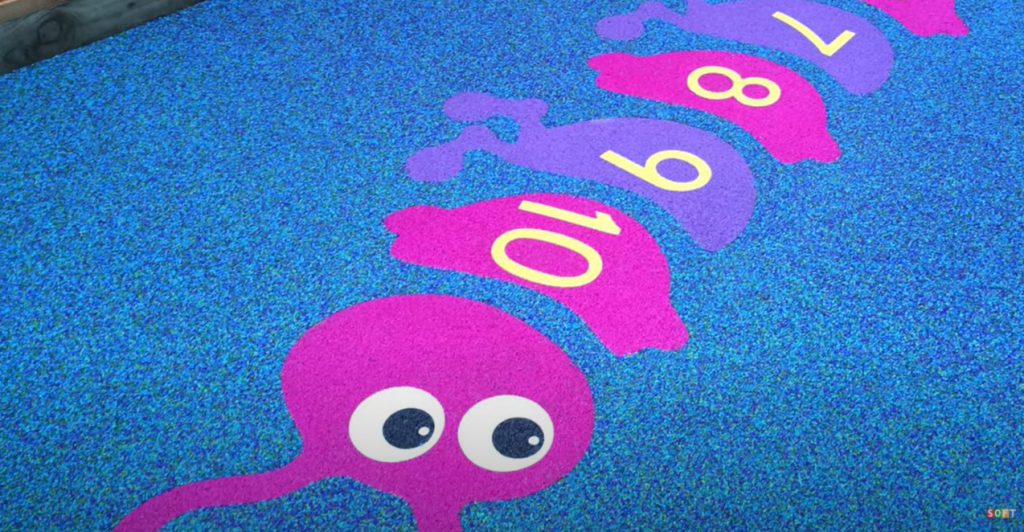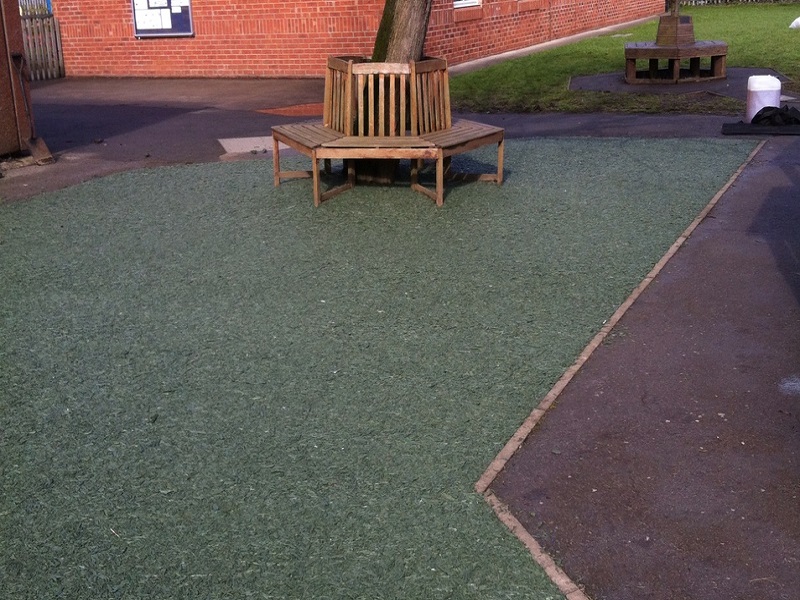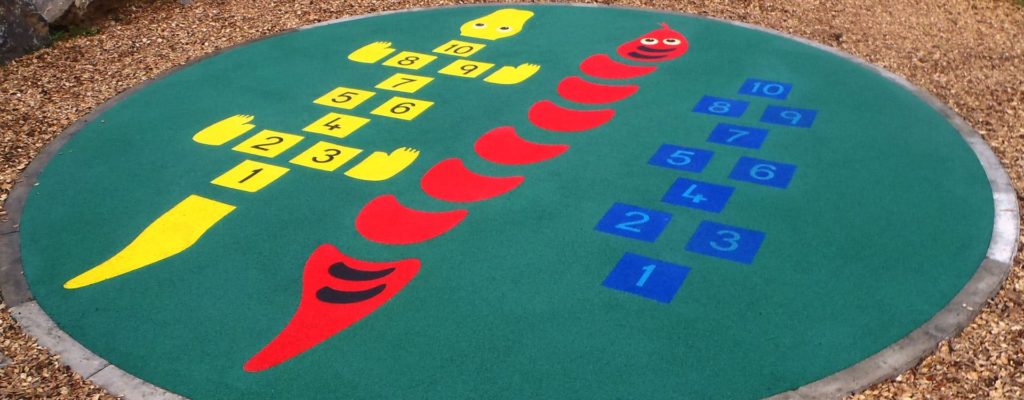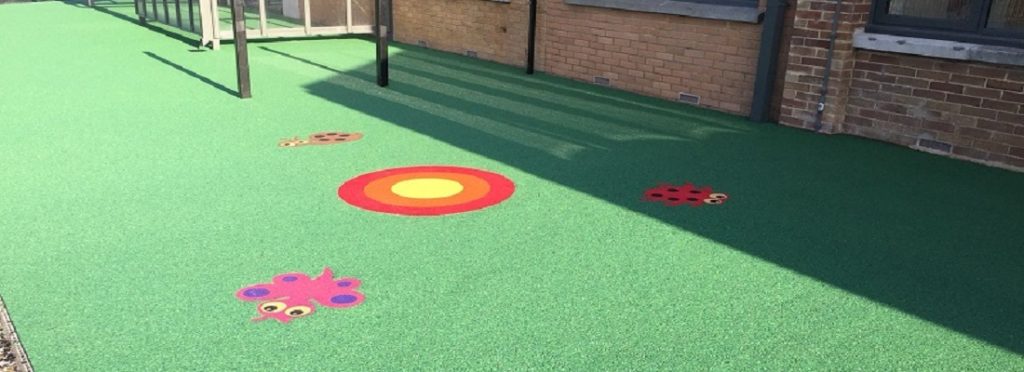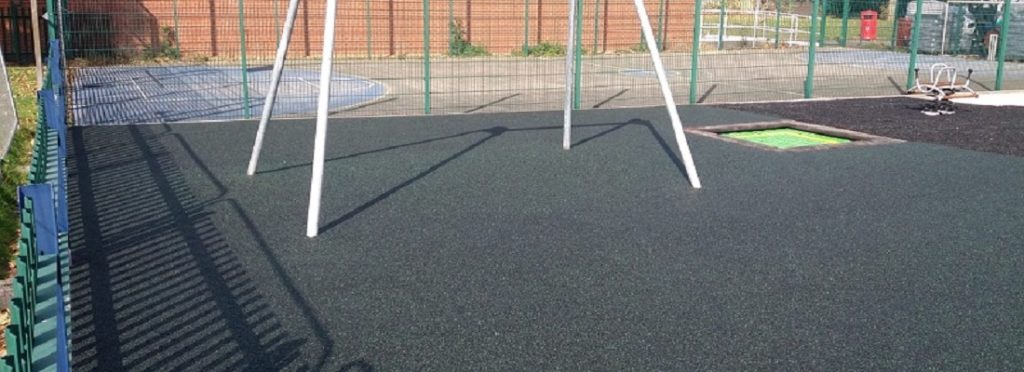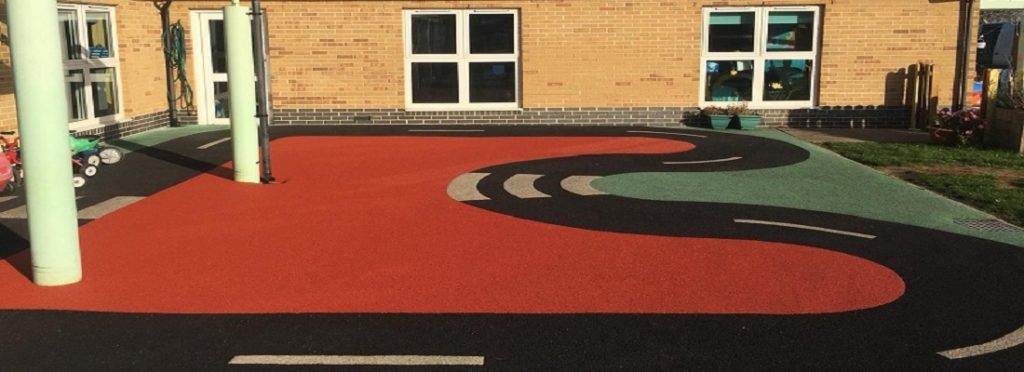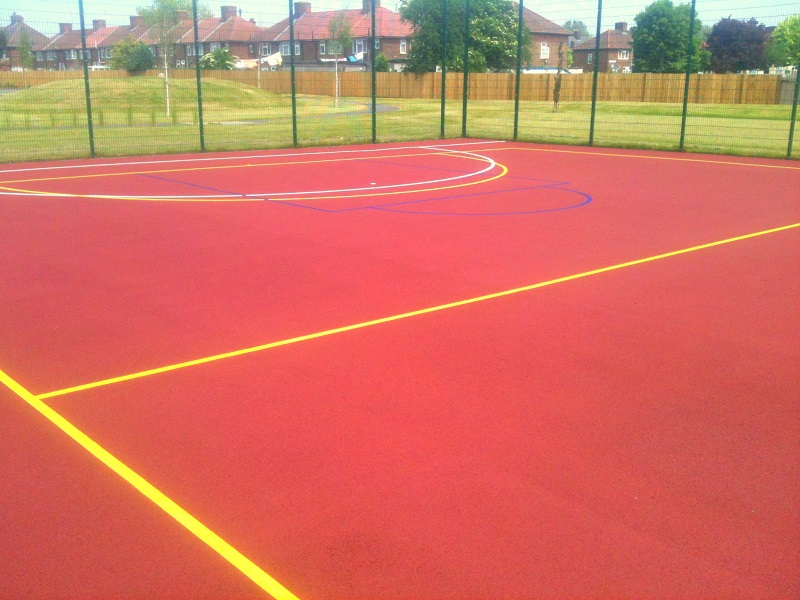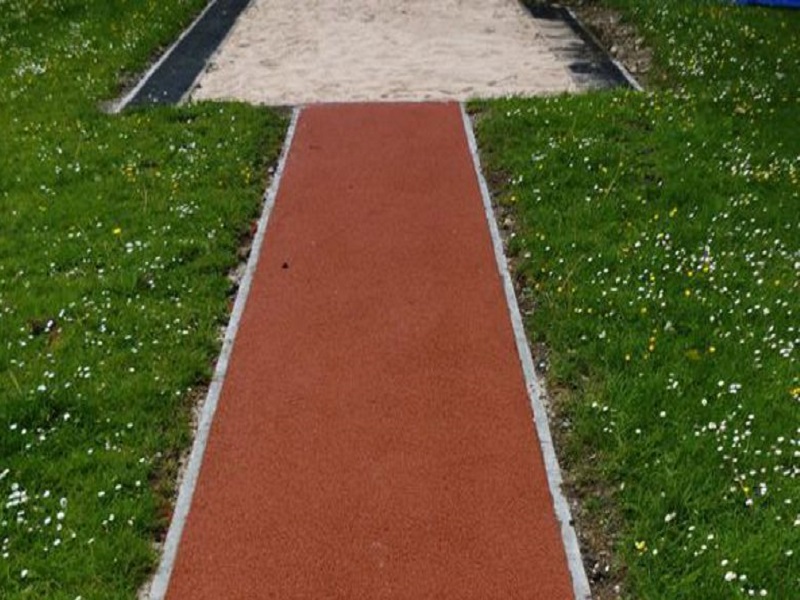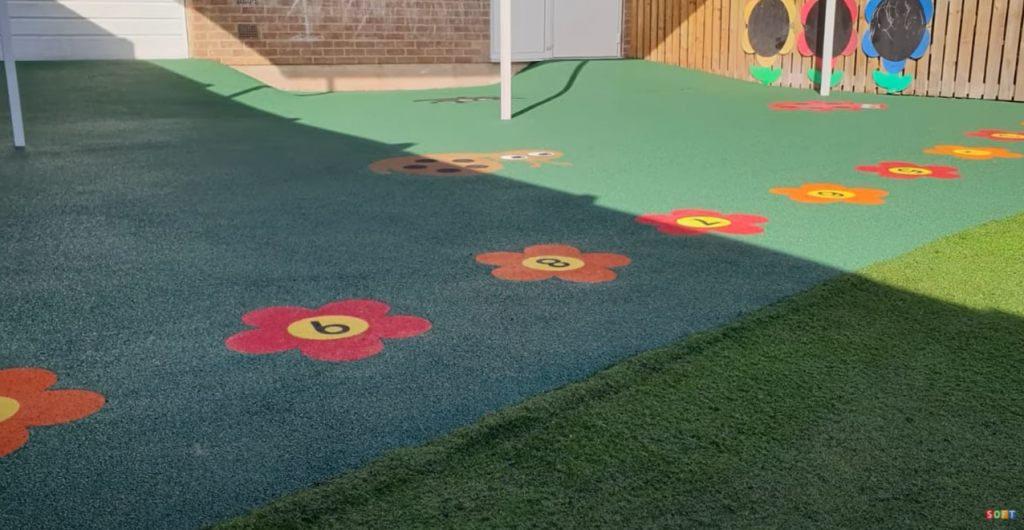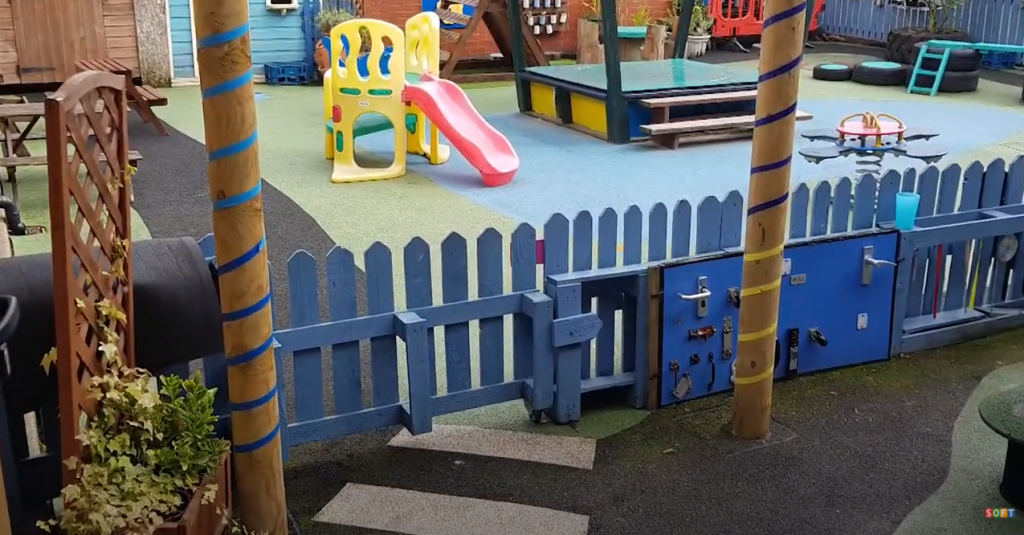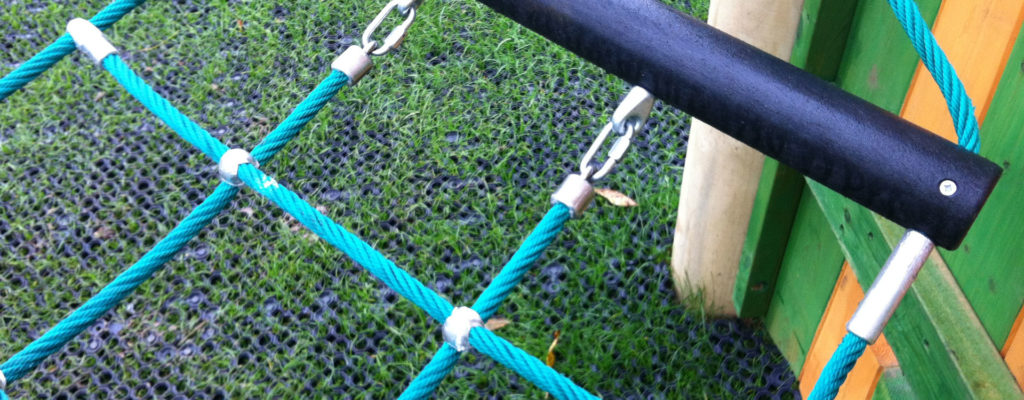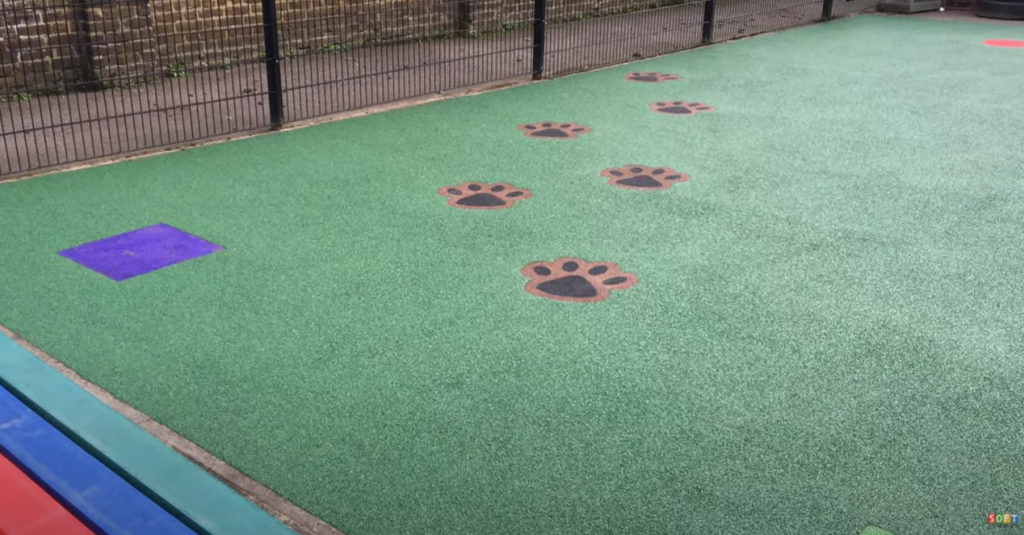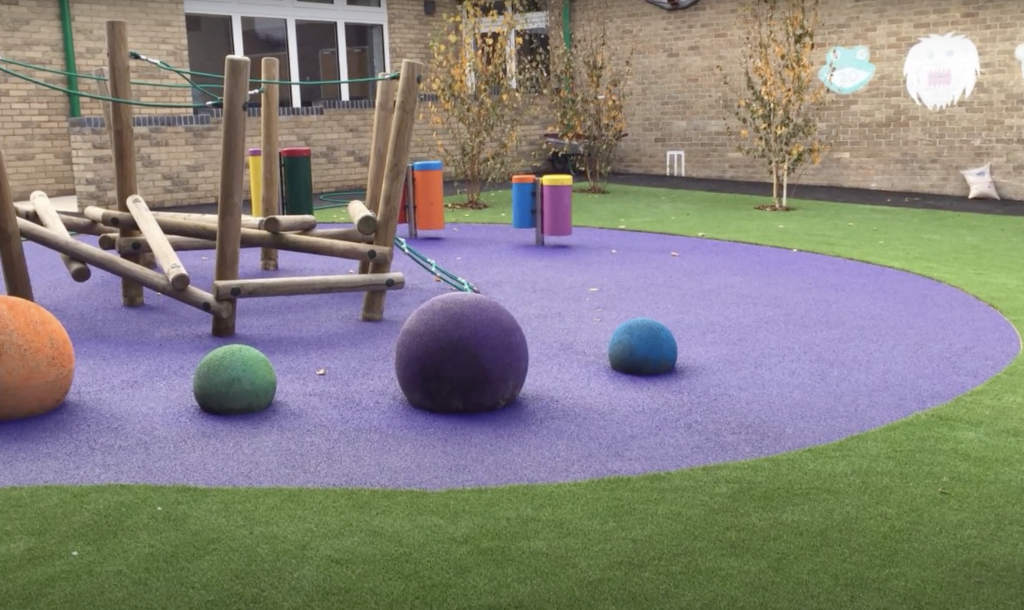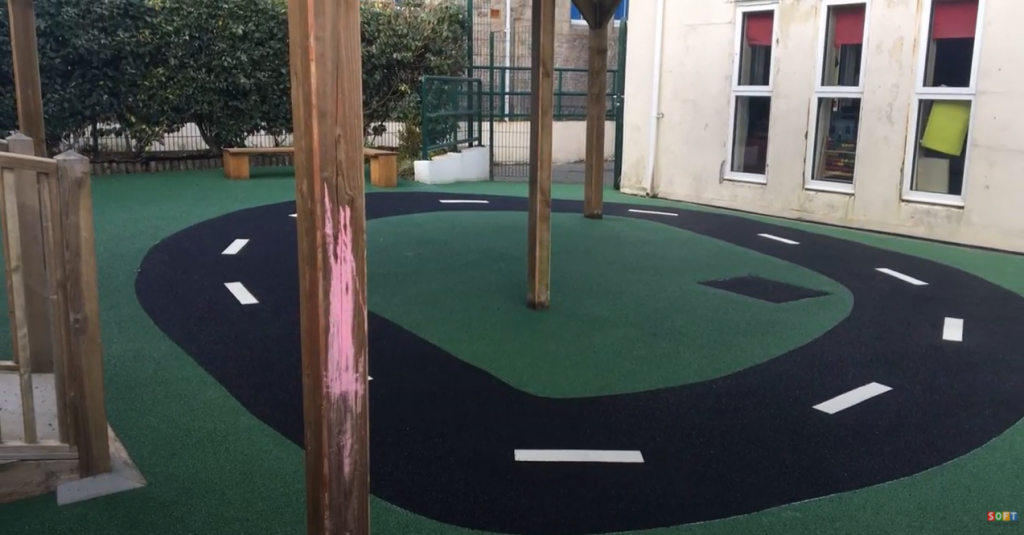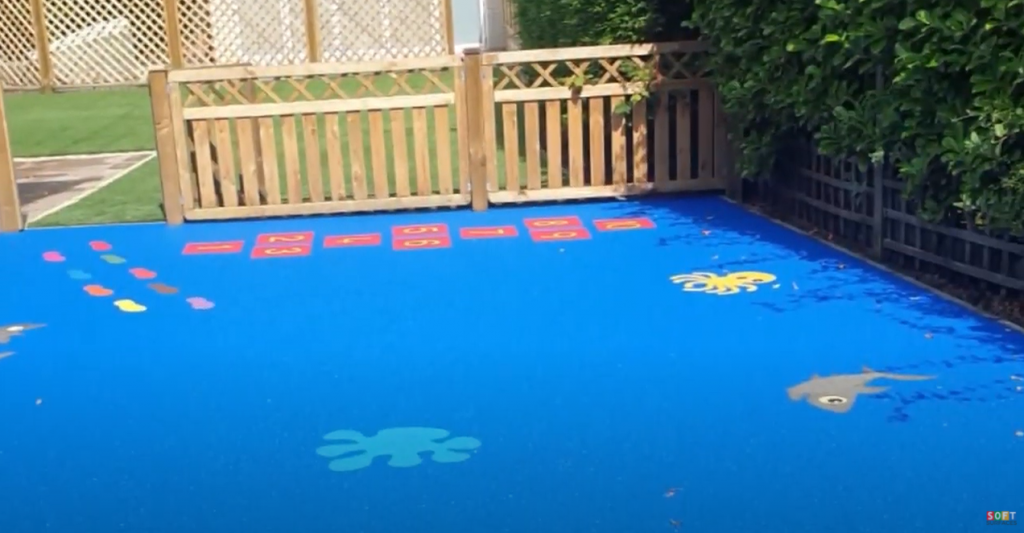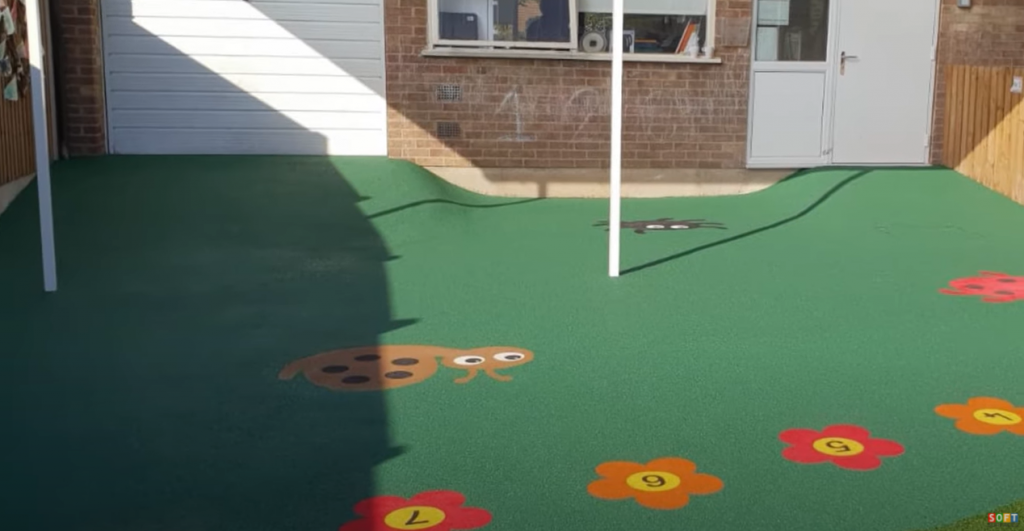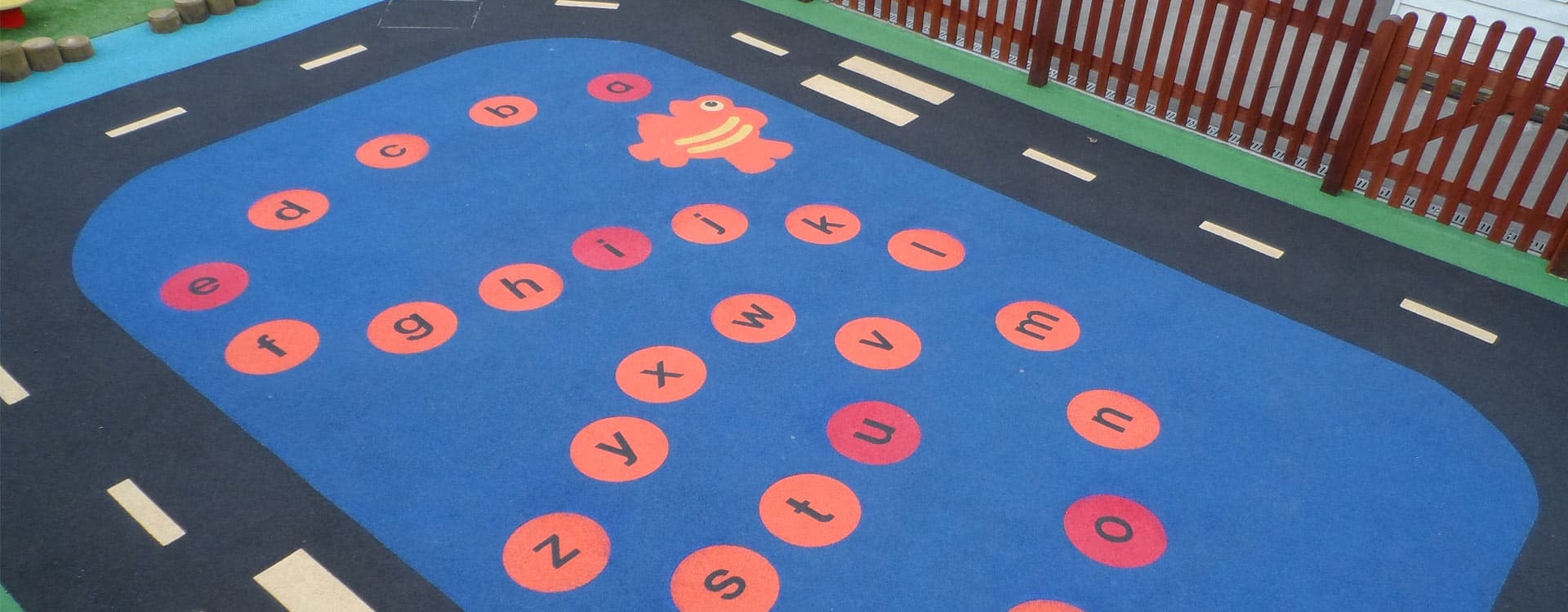
With times changing, playgrounds are becoming a lot more accessible for children who have certain disabilities. These types of playgrounds are known as “inclusive playgrounds” and offer a wide amount of benefits not only to disabled children but to other kids as well.
There are many different types of inclusive playground equipment for schools that you could incorporate to create a diverse outdoor space.
Ideas for Inclusive Play Areas
The key idea to keep in mind is that every piece of equipment should be suitable for children with disabilities. This doesn’t mean that the playground must be totally different from the usual ones. Slides, tunnels and sensory stations can stay the same. Check out our post on school play equipment to find out more about the different options. By keeping these the same, children who are used to regular playgrounds will feel more comfortable due to the environment being more recognisable.
Certain things like swings, playhouses and climbing walls will usually have to be developed to be accessible for disabled children. Usually, swing seats are adjusted so they can support the back of the child, playhouses have ramps meaning wheelchairs can be pushed up and climb walls are given more support, so children with disabilities can still be challenged and not find it too hard to join in.
However, certain things are important to include when thinking of ideas for inclusive play areas. Quiet spaces are great to allow children to have a moment to relax and not become too overwhelmed. Seating areas are another great thing as sometimes kids can become uncomfortable without rest, so giving them an area to chill is important. There are plenty of simple ways to refresh your playground if you feel it needs some improvement, check out this post for more details on this.
Outdoor Activities for Children of all Abilities
Incorporating a mixture of group activities and individual play is a great idea with these types of playgrounds. With a mixture like this, children can not only increase their teamwork abilities but can improve their independence while at school. It’s important to offer outdoor activities for children of all abilities so everyone can have a meaningful experience.
Group work can be challenged by simple things like noughts and crosses, which requires both players to be respectful and play by the rules. Sandboxes are another great way to increase group work as all the kids could be working together on one big project. As they complete their work, they will start to realise how much they can accomplish together compared to by themselves. Of course, group work doesn’t just mean taking part, but even giving support on things like climbing walls can suffice. There are so many benefits of outdoor play which you can discover.
Individual play activities include things such as climbing walls, sensory stations etc. Using these activities, kids can start to focus on themselves and understand how far they push themselves to achieve things that they want to achieve. It’s a great way for children to understand that some activities don’t require a team and that they are more than capable of performing the action by themselves. It creates independence, whilst also creating a better knowledge of teamwork. You could also install various types of SEN play equipment that are designed for children with Special Educational Needs.
Diverse Playground Designs
When designing these types of playgrounds, there are some common features that are usually requested. Bright colours and thermoplastic graphics are incredibly common on these types of playgrounds due to the way of how they can encapsulate the child’s imagination, meaning the child can be occupied without even being on any piece of equipment.
Another thing to note is the actual surfacing material. Wetpour and Rubber Mulch are the most common types of surfacing in these types of playgrounds due to the ability to absorb impact and how they can be patterned/coloured. A lot of people opt-in for this type of surfacing on inclusive playgrounds.
Soft Surfaces have had over 20 years of experience in this industry and are more than happier to help with any questions or enquiries you may have. We can help with any part of the process and make sure that you are given some of the best information surrounding the subject. If you have any ideas or questions about inclusive playground equipment for schools, then send us an email today to get in contact with one of our members.
5 Elements of Inclusive Play
When it comes to developing an inclusive playground, there are five main elements that are usually kept in mind to ensure that the playground meets every child’s requirements. These five elements are:
- Physical – As the child is engaging with the playground, they need opportunities to be physically active. This allows to release some stress and excitement for the child and therefore, gives them the chance to get themselves exhausted. Climbing in the playground is a great form of exercise and fun for children.
- Cognitive – Physical play is important, as well as cognitive games as children are given the chance to improve their thinking abilities. Giving them challenges to do which require problem-solving and logical thinking will help them build on their existing cognitive skills.
- Social – Through play, children can become more confident in social situations as this type of environment encourages pupils from different backgrounds to interact with each other. Doing this allows children to understand how some people are different and starts to build a great mindset on accepting everyone.
- Communication – To fully get the benefits of the playground, children often play with others. Swings become easier to use, climbing becomes less scary and playtime becomes more fun overall. Achieving this requires communication, which inclusive playgrounds like this help children get better with their expressions and communications.
- Sensory – Children don’t know much about the world around them, but through sensory play activities this can be changed. With the senses all being put into effect, kids learn at an accelerated rate about the environment they find themselves in. It’s a great way to educate and introduce them to the bigger world around them. These areas can be designed to support children with Sensory Processing Disorders on the playground too.
- 4 Ideas for Teaching Organisation on the Playground
- 4 Reasons Why Schools Have Artificial Grass
- Activities to Teach Kindness on the Playground
- All Weather Surface Children’s Playground Safety Flooring
- Artificial Grass and Rubber Mulch Surfacing in Derby, Derbyshire
- Artificial Grass and Wetpour Pathway Installation at a School in Birmingham
- Artificial Grass and Wetpour Roadway Construction in Liverpool
- Benefits of a Mud Kitchen for a School Playground
- Benefits of Climbing in Primary School
- Benefits of Sensory Activities for Individuals With Autism
- Bespoke Playground Surfacing With Graphics in Northampton
- Best Playground Equipment for Primary Schools
- Black Wetpour & Artificial Turf Construction at a Nursery in Harlow, Essex
- Black Wetpour Flooring Construction in Canterbury
- Children’s Play Area Flooring
- Children’s Sensory Playground Designs
- Colourful Play Area Surfacing in Sheffield, South Yorkshire
- Colourful Playground Flooring Design in Cardiff, Wales
- Colourful Rubber Playground Flooring in Wakefield, West Yorkshire
- Colourful Rubber Playground Flooring Installation in Wakefield
- Colourful UK Playground Surfacing in Bedfordshire
- Cooperative Play Ideas for Kids
- Costs of Schools Playground Safety Surfaces
- Creating a Storytelling Area in Your Playground
- Day Care Playground Safety Flooring in Stoke, Staffordshire
- Den Building Ideas for Schools
- Early Years Outdoor Play
- Educational Play Designs
- Educational Playground Surface Installation in Brighton
- Educational Playground Surface Installation in Brighton, East Sussex
- Encouraging Risk Taking in Outdoor Play
- EPDM Rubber Play Area Flooring in Luton
- EPDM Rubber Play Area Flooring in Luton, Bedfordshire
- EPDM Rubber Play Area Surfacing in Leeds, West Yorkshire
- EPDM Rubber Wetpour Flooring in Newcastle, Tyne and Wear
- EPDM/SBR Rubber Surfacing Playground Flooring
- Expressive Arts Playground Ideas
- How Do I Apply for Grant Funds for a Play Area in the UK?
- How Do Wet Pour Repair Kits Work
- How Playing Outside Can Reduce Stress and Anxiety
- How to Encourage Phonics Learning on the Playground
- How to Prepare Your Playground for Winter
- How to Refresh Your School Playground
- Imaginative Play Ideas for Kids
- Impact Attenuating Playground Surfacing
- Improving Children’s Mental Health With Play
- Inclusive Playground Equipment for Schools
- Independent Learning Activities for Kids
- Lap, Leap, Neap Play Area
- Large Wetpour Play Area Surface in Stockport
- LEAP Local Equipped Area for Play
- Learning Through Play – Psychology and Theories
- Managing Behaviour Through Active Outdoor Play
- NEAP Neighbourhood Equipped Area for Play
- Needlepunch Playground Construction in Kilmarnock
- Nursery EPDM Rubber Surfacing in Wolverhampton
- Nursery Play Area Maintenance
- Nursery Play Area Surfacing
- Nursery Playground Installation
- Nursery School Green Wetpour Overlay in Gloucester
- Ofsted Requirements for Outdoor Play
- Outdoor Maths Games for Children
- Outdoor Nursery School Surfacing in Preston
- Outdoor Nursery School Surfacing in Preston Lancashire
- Outdoor Play Area Ideas for Kids
- Outdoor Play Ideas for Children With Dyscalculia
- Outdoor Playground Roadway Design
- Outdoor Safety Flooring Designs
- Outdoor Wetpour Surfacing Install in Leicester
- Play Area Line Marking Specification
- Play Area Maintenance
- Play Area Surfaces
- Playground Activities for the National Curriculum
- Playground Designs for Sensory Processing Disorder
- Playground Equipment for Schools
- Playground Fencing
- Playground Flooring Repair in Birmingham, West Midlands
- Playground Games for Children With Dyspraxia
- Playground Games to Encourage Speech Development
- Playground Grass Mats Safer Flooring
- Playground Marking Graphics
- Playground Markings
- Playground Safety Surface Construction in Reading, Berkshire
- Playground Safety Surfacing with Graphics in Shropshire
- Playground Surface HIC Safety Flooring
- Playground Surfacing in Hertfordshire
- Playground Surfacing Options
- Playground Wet Pour Flooring in Northamptonshire
- Playground Wet Pour Flooring in Northumberland
- Playground Wet Pour Flooring in Nottinghamshire
- Playground Wet Pour Flooring in Oxfordshire
- Playground Wet Pour Flooring in Somerset
- Poured in Place Rubber Bouncy Playground Surfaces
- Pre School Play Area Surfacing in Wigan, Greater Manchester
- Pre-School Play Area Surfacing in Wigan
- Primary School Outdoor Classroom Funding Grants
- Protective Playground Flooring
- PS4 Activity Games Space Area in Penrith
- Q26 – Wetpour Playground Safety Surfacing
- Rubber Outdoor External Playground Flooring
- Rubber Playground and Artificial Grass Surfacing in Middlesbrough
- Rubber Playground Surface Construction
- Rubber Spheres Play Equipment
- Rubber Tarmac Flooring
- Rubber Tarmac School Outdoor Playground Flooring
- Safety Surfaces For Playgrounds
- Sand and Water Play Activities for Kids
- School Adventure Trail Designs
- School All Weather MUGA Pitches
- School Athletics Track Designs
- School Playground Design and Install in Manchester
- School Playground Graphics
- School Playground Groundworks
- School Playground Ideas
- School Playground Maintenance
- School Playground Marking Designs
- School Playground Surfacing
- Schools Recreational Long Jump Runway Length
- SEN Playground Equipment for Schools
- Small nursery EPDM Rubber Surfacing in Wolverhampton
- Soft Fall Impact Absorbing Playground Surface
- Spongy Nursery School Surfacing in Carlisle
- Spongy Playground Flooring Construction in Woking, Surrey
- Spongy playground flooring construction that we carried out in Woking, Surrey
- Spongy Safer Pour Surfacing for Playgrounds
- Tests for Playground Safety Flooring
- Top 3 Safety Surfaces for Playgrounds
- Top 5 School Playground Trends
- Wet Pour Surfacing and Synthetic Turf Construction in Worthing, Sussex
- Wetpour Flooring & Graphics Installation in Bristol
- Wetpour Playground with Graphics in Salford, Greater Manchester
- Wetpour Safety Flooring with Graphics at a Nursery in Cheltenham, Gloucestershire
- What Is Critical Fall Height?
All five elements blend themselves together nicely and can work together effectively to create a strong inclusive playground. Many playgrounds usually focus on one of these five elements, but the opposite is true with inclusive playground equipment for schools as the aim is to make the environment perfect to improve all areas at the same time, whilst being accessible for children with disabilities.
Get expert advice, today call us on
Get a FREE quote from our award winning team
